France
Paris
Switch to your local agency
Retour au menu
Your typical zoomer has their eyes peeled across multiple formats for a broad spectrum of opportunities. Their phones open up a world that allows them to bounce around randomly. They’re in control, only stopping to look when something takes their fancy.
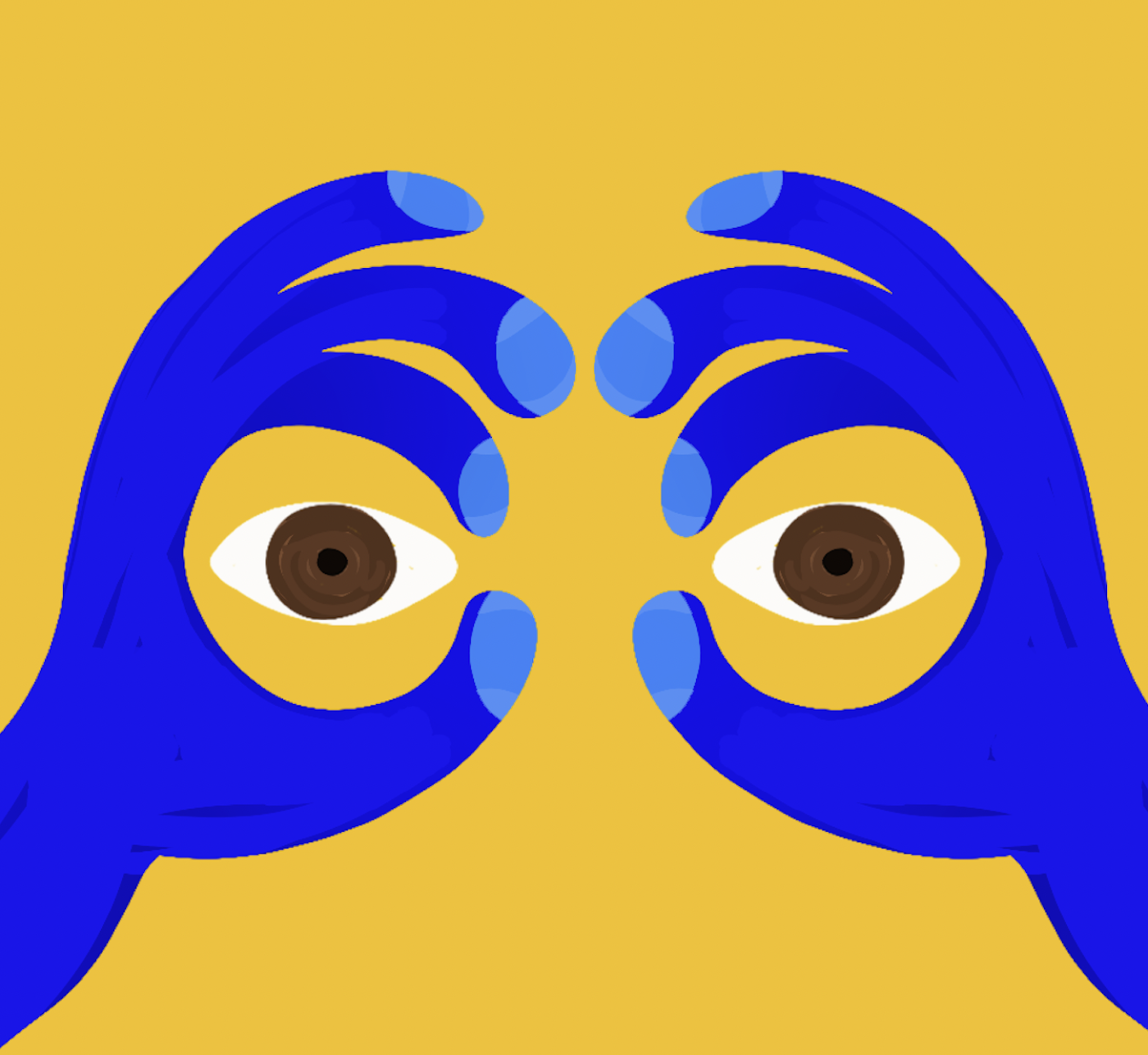
Brands that stand out from the crowd have the best chance of surviving the impact of short attention spans and infobesity. But, you can’t fool a zoomer easily. They’re fake news savvy, naturally skeptical, and dislike marketing hype.
Gen Z does not trust easily: their focus is on quality and authenticity.

Your typical zoomer has their eyes peeled across multiple formats for a broad spectrum of opportunities. Their phones open up a world that allows them to bounce around randomly. They’re in control, only stopping to look when something takes their fancy.
Brands that stand out from the crowd have the best chance of surviving the impact of short attention spans and infobesity. But, you can’t fool a zoomer easily. They’re fake news savvy, naturally skeptical, and dislike marketing hype.
Gen Z does not trust easily: their focus is on quality and authenticity.
Your typical zoomer has their eyes peeled across multiple formats for a broad spectrum of opportunities. Their phones open up a world that allows them to bounce around randomly. They’re in control, only stopping to look when something takes their fancy.
Brands that stand out from the crowd have the best chance of surviving the impact of short attention spans and infobesity. But, you can’t fool a zoomer easily. They’re fake news savvy, naturally skeptical, and dislike marketing hype.
Gen Z does not trust easily: their focus is on quality and authenticity.

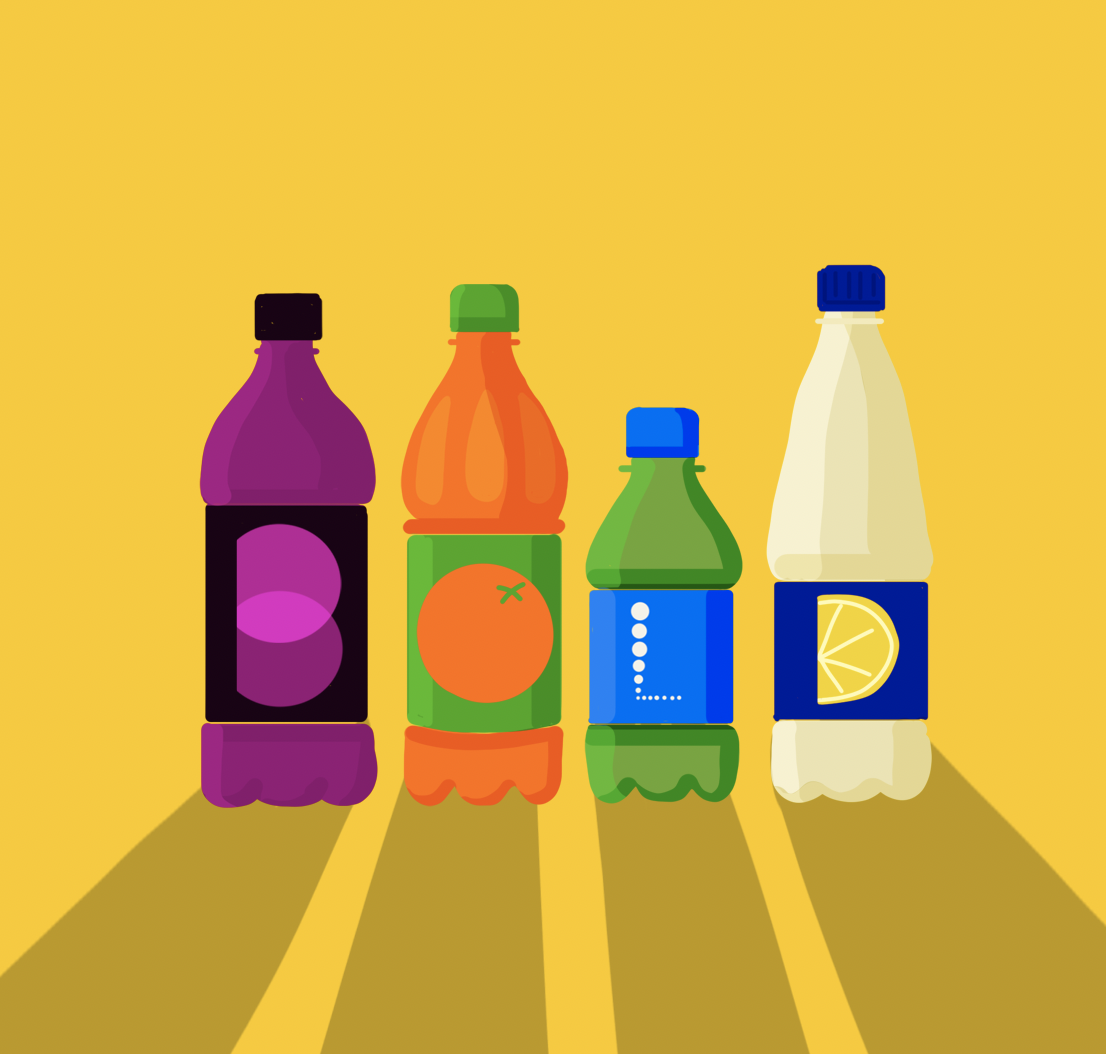
Big, bold, uncluttered designs that are recognizable across virtual and physical retail outlets alike need to flag up the inherent strength of a brand’s properties. The clarity of simplicity stands out to Gen Z consumers.
Nowhere is this more important than on anything digital, as this is where the next generations live. The strategy behind any redesign should incorporate the need to make a product highly “Instagram-able.”
Removing the superfluous to create simplicity has become a necessity, not just in the ecological sense but also as an aid to better engage with Gen Zers.
Gen Z-ers want to get to the point of the brand in nano-seconds.

Big, bold, uncluttered designs that are recognizable across virtual and physical retail outlets alike need to flag up the inherent strength of a brand’s properties. The clarity of simplicity stands out to Gen Z consumers.
Nowhere is this more important than on anything digital, as this is where the next generations live. The strategy behind any redesign should incorporate the need to make a product highly “Instagram-able.”
Removing the superfluous to create simplicity has become a necessity, not just in the ecological sense but also as an aid to better engage with Gen Zers.
Gen Z-ers want to get to the point of the brand in nano-seconds.

Big, bold, uncluttered designs that are recognizable across virtual and physical retail outlets alike need to flag up the inherent strength of a brand’s properties. The clarity of simplicity stands out to Gen Z consumers.
Nowhere is this more important than on anything digital, as this is where the next generations live. The strategy behind any redesign should incorporate the need to make a product highly “Instagram-able.”
Removing the superfluous to create simplicity has become a necessity, not just in the ecological sense but also as an aid to better engage with Gen Zers.
Gen Z-ers want to get to the point of the brand in nano-seconds.
Don’t confuse superficiality with darting around digital messaging platforms and making instantaneous u-turns between work colleagues, friends and family. Members of Gen Z seek deep emotional connections.
They enjoy easy accessibility to their heroines and heroes along with brands they value. They expect to be able to engage in meaningful ways that can have an impact on how they feel and how they interact with their peers.
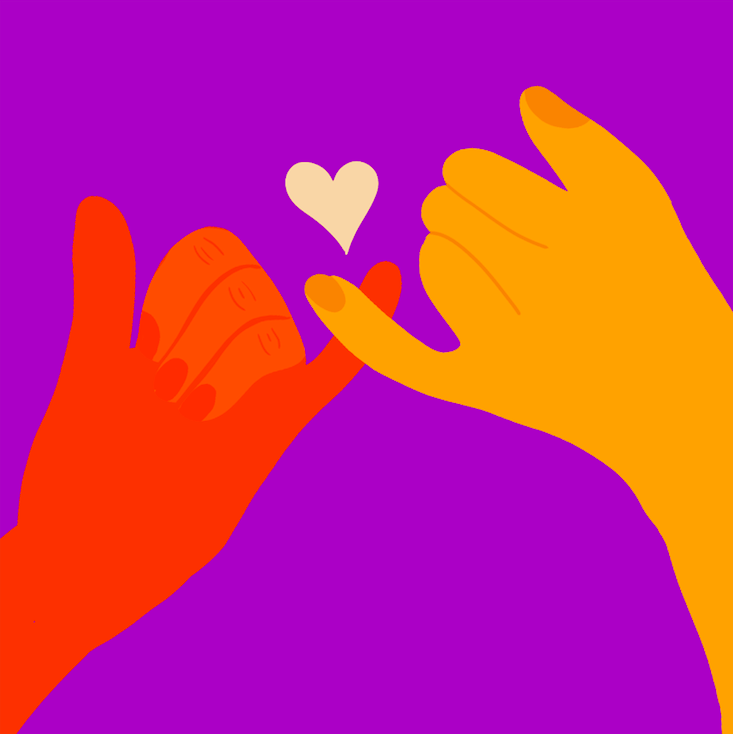
60 percent of them say they want to communicate more with businesses via messaging.
Gen Z-ers want meaningful emotional connections and fast.

Don’t confuse superficiality with darting around digital messaging platforms and making instantaneous u-turns between work colleagues, friends and family. Members of Gen Z seek deep emotional connections.
They enjoy easy accessibility to their heroines and heroes along with brands they value. They expect to be able to engage in meaningful ways that can have an impact on how they feel and how they interact with their peers.
60 percent of them say they want to communicate more with businesses via messaging.
Gen Z-ers want meaningful emotional connections and fast.
Don’t confuse superficiality with darting around digital messaging platforms and making instantaneous u-turns between work colleagues, friends and family. Members of Gen Z seek deep emotional connections.
They enjoy easy accessibility to their heroines and heroes along with brands they value. They expect to be able to engage in meaningful ways that can have an impact on how they feel and how they interact with their peers.
60 percent of them say they want to communicate more with businesses via messaging.
Gen Z-ers want meaningful emotional connections and fast.

Gen Zers know they can drill down into the mission and purpose of a company in seconds while on the move. Most say they’re more likely to buy a product from a brand that shares its broader commitments openly.
They’ll spend time checking out the values of a brand to ensure it fits with their own hopes and aspirations for the world’s future. Where a product is from and how it got made matter in a similar way to the price and quality.
Gen Z-ers are careful researchers who prefer products that share their values.
Gen Zers know they can drill down into the mission and purpose of a company in seconds while on the move. Most say they’re more likely to buy a product from a brand that shares its broader commitments openly.
They’ll spend time checking out the values of a brand to ensure it fits with their own hopes and aspirations for the world’s future. Where a product is from and how it got made matter in a similar way to the price and quality.
Gen Z-ers are careful researchers who prefer products that share their values.

Gen Z states openly it’s willing to pay more for sustainable products and brands. It seems that with every generation, the pursuit of sustainability gets stronger. A significant majority of Gen Z is buying upcycled and preloved products, for example.
The point is that sustainability practices need to be relevant and match the expectations of their audience. Resale and consignment along with peer-to-peer marketplaces are part of the picture with some big brand names getting on board.
For Gen Z, brands must treat sustainability as more than a box-ticking exercise.

Gen Z states openly it’s willing to pay more for sustainable products and brands. It seems that with every generation, the pursuit of sustainability gets stronger. A significant majority of Gen Z is buying upcycled and preloved products, for example.
The point is that sustainability practices need to be relevant and match the expectations of their audience. Resale and consignment along with peer-to-peer marketplaces are part of the picture with some big brand names getting on board.
For Gen Z, brands must treat sustainability as more than a box-ticking exercise.

Gen Z states openly it’s willing to pay more for sustainable products and brands. It seems that with every generation, the pursuit of sustainability gets stronger. A significant majority of Gen Z is buying upcycled and preloved products, for example.
The point is that sustainability practices need to be relevant and match the expectations of their audience. Resale and consignment along with peer-to-peer marketplaces are part of the picture with some big brand names getting on board.
For Gen Z, brands must treat sustainability as more than a box-ticking exercise.
Almost three-quarters of Gen Z say they play a part in deciding what kinds of food and household products their families buy. They have a clear opinion about what’s best or cool. Their parents appear inclined to listen to them and act on their tastes and wishes.
More than 53 percent of Generation Z-ers bought something through a mobile device in the last six months.
Most Gen Z-ers are influencers, encouraging others to buy products they like.
Almost three-quarters of Gen Z say they play a part in deciding what kinds of food and household products their families buy. They have a clear opinion about what’s best or cool. Their parents appear inclined to listen to them and act on their tastes and wishes.
More than 53 percent of Generation Z-ers bought something through a mobile device in the last six months.
Most Gen Z-ers are influencers, encouraging others to buy products they like.
Almost three-quarters of Gen Z say they play a part in deciding what kinds of food and household products their families buy. They have a clear opinion about what’s best or cool. Their parents appear inclined to listen to them and act on their tastes and wishes.
More than 53 percent of Generation Z-ers bought something through a mobile device in the last six months.
Most Gen Z-ers are influencers, encouraging others to buy products they like.
In the US, Gen Z is at the cutting edge of the country’s changing racial and ethnic makeup. Only a slim majority of around 52 percent identify as non-Hispanic white.
Diversity matters to them all. They tend to see it as a positive.
They are also less likely to drop out of high school and more inclined to enroll in college. They expect governments to sort out the big problems, particularly those related to climate change.
Gen Z-ers embrace diversity & tend to be well-educated with a social conscience.
In the US, Gen Z is at the cutting edge of the country’s changing racial and ethnic makeup. Only a slim majority of around 52 percent identify as non-Hispanic white.
Diversity matters to them all. They tend to see it as a positive.
They are also less likely to drop out of high school and more inclined to enroll in college. They expect governments to sort out the big problems, particularly those related to climate change.
Gen Z-ers embrace diversity & tend to be well-educated with a social conscience.
In the US, Gen Z is at the cutting edge of the country’s changing racial and ethnic makeup. Only a slim majority of around 52 percent identify as non-Hispanic white.
Diversity matters to them all. They tend to see it as a positive.
They are also less likely to drop out of high school and more inclined to enroll in college. They expect governments to sort out the big problems, particularly those related to climate change.
Gen Z-ers embrace diversity & tend to be well-educated with a social conscience.
Whatever their hopes and despite being the least likely group to get sick from COVID-19, Gen Z has faced considerable disruption in education and in the job market.
They were the least likely group to get financial support for lost jobs.
They continue to experience the psychological scars of lockdown, a time many may have preferred to party. A degree of despondency may have crept in. Research suggests that almost two-thirds of young Europeans have been at risk of depression.
Gen Z-ers need some TLC and understanding of their anxieties.


Whatever their hopes and despite being the least likely group to get sick from COVID-19, Gen Z has faced considerable disruption in education and in the job market.
They were the least likely group to get financial support for lost jobs.
They continue to experience the psychological scars of lockdown, a time many may have preferred to party. A degree of despondency may have crept in. Research suggests that almost two-thirds of young Europeans have been at risk of depression.
Gen Z-ers need some TLC and understanding of their anxieties.
Whatever their hopes and despite being the least likely group to get sick from COVID-19, Gen Z has faced considerable disruption in education and in the job market.
They were the least likely group to get financial support for lost jobs.
They continue to experience the psychological scars of lockdown, a time many may have preferred to party. A degree of despondency may have crept in. Research suggests that almost two-thirds of young Europeans have been at risk of depression.
Gen Z-ers need some TLC and understanding of their anxieties.

There’s been a decline in young people aspiring to picture-perfect posts and content.
A significant proportion of Gen Z-ers is becoming fed up with a seemingly endless need for perfection that’s unrealistic, unreachable and unrelatable.
There’s been a shift in influencers with mega followings moving from self or product promotion to a desire to share important information such as getting vaccinated.
Gen Z-ers are ditching shallowness for meaningful dialogue.
There’s been a decline in young people aspiring to picture-perfect posts and content.
A significant proportion of Gen Z-ers is becoming fed up with a seemingly endless need for perfection that’s unrealistic, unreachable and unrelatable.
There’s been a shift in influencers with mega followings moving from self or product promotion to a desire to share important information such as getting vaccinated.
Gen Z-ers are ditching shallowness for meaningful dialogue.
There’s been a decline in young people aspiring to picture-perfect posts and content.
A significant proportion of Gen Z-ers is becoming fed up with a seemingly endless need for perfection that’s unrealistic, unreachable and unrelatable.
There’s been a shift in influencers with mega followings moving from self or product promotion to a desire to share important information such as getting vaccinated.
Gen Z-ers are ditching shallowness for meaningful dialogue.
We can check all our boxes and still be a bore. Meaning is critical but in the end our Gen-Z is spoiled with a plethora of entertainment options. Brands are here to entertain and are up against Tik Tok and Instagram. Work with all your might to create a brand experience by creating disruptive design, embracing video, and using technologies such as augmented reality (and and and,… never or)
Gen Z typically has an attention span of just 8 seconds, a few seconds shorter than millennials, who come in at approximately 12 seconds.
We can check all our boxes and still be a bore. Meaning is critical but in the end our Gen-Z is spoiled with a plethora of entertainment options. Brands are here to entertain and are up against Tik Tok and Instagram. Work with all your might to create a brand experience by creating disruptive design, embracing video, and using technologies such as augmented reality (and and and,… never or)
Gen Z typically has an attention span of just 8 seconds, a few seconds shorter than millennials, who come in at approximately 12 seconds.
We can check all our boxes and still be a bore. Meaning is critical but in the end our Gen-Z is spoiled with a plethora of entertainment options. Brands are here to entertain and are up against Tik Tok and Instagram. Work with all your might to create a brand experience by creating disruptive design, embracing video, and using technologies such as augmented reality (and and and,… never or)
Gen Z typically has an attention span of just 8 seconds, a few seconds shorter than millennials, who come in at approximately 12 seconds.
Now that we have framed the basics we look forward to sharing further insight into the vast world of branding and digital. Our next article is going to help us all better understand what the Metaverse is (besides a buzzword) and how we brand shapers can engage.
Now that we have framed the basics we look forward to sharing further insight into the vast world of branding and digital. Our next article is going to help us all better understand what the Metaverse is (besides a buzzword) and how we brand shapers can engage.
Now that we have framed the basics we look forward to sharing further insight into the vast world of branding and digital. Our next article is going to help us all better understand what the Metaverse is (besides a buzzword) and how we brand shapers can engage.
Now that we have framed the basics we look forward to sharing further insight into the vast world of branding and digital. Our next article is going to help us all better understand what the Metaverse is (besides a buzzword) and how we brand shapers can engage.
“You like potato and I like potahto. You like tomato and I like tomahto…” In my head, the song, “Let’s call the whole thing off,” made famous by Ella Fitzgerald was stuck on repeat as I jetted off to the US of A for a new chapter in my life.
I can’t have been the first Brit to fall foul of this earworm. I was mindful of the broad spectrum of differences between the UK and US, despite our sharing a common language, and I was keen to bridge the gap.
I’d done my homework and thought I was across our cultural, social and technical disparities, but one, in particular, came as a surprise. Read on to find out more.
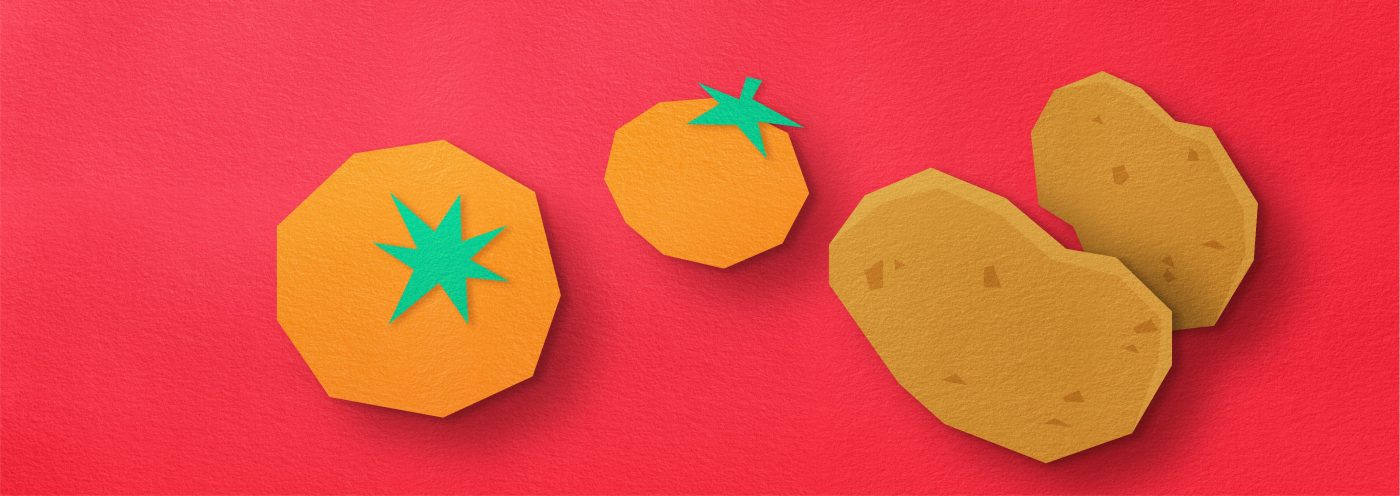
They may be reluctant to admit it, but there’ll be plenty of Americans out there who’ve blown up the occasional, home-grown, electrical appliance on a trip to Europe. For a nation that’s built a reputation on doing things bigger and brasher, the USA has lagged behind in some key respects.
It can, for example, only boast around half the standard voltage in its domestic electricity supply compared with its neighbors across the pond.
Having 100 fewer lines, the pictures on its TV screens have for years lacked the crispness and clarity of their European counterparts. Being across these and other divergences, I was cautiously optimistic of being already well on the way to fully-fledged American integration on my first day at CBA’s New York office.
Hold the front page.
“Where do we keep the A4, mate?” I asked as I gazed down at the empty office printer tray. I was met with a puzzled look from one of my new American colleagues. Here’s why.
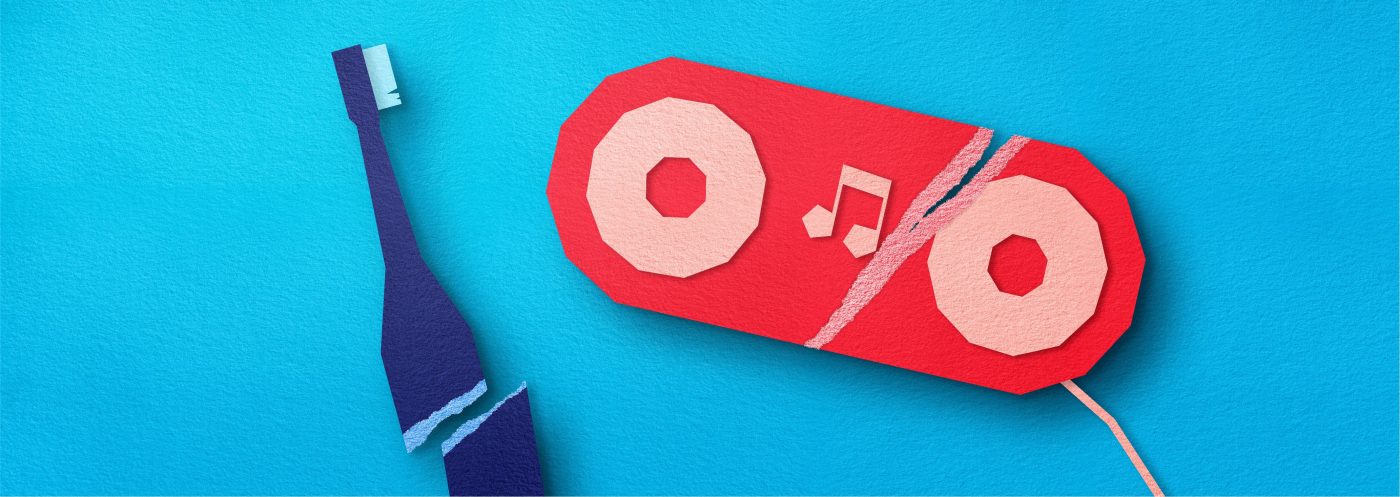
It turns out that North America does not sing from the same hymn sheet as most of the world when it comes to paper sizes.
Mexico City, Ottawa and DC might buy their paper in “letter,” “legal,” “executive” and “ledger/tabloid” sizes. London, Paris and Rome most definitely do not. I embarked on a paper trail to find out why. Notepads at the ready.
ISO 3103 for a standardized method to make the perfect cup of tea!
ISO 3166 for country codes used in domain names and postal addresses
ISO 6 for camera film speeds

It could be that the reason America hasn’t taken on the A-series is in part due to the distance it kept from much of the rest of the world during WW2. It was reluctant to get involved and its economy was more or less self-sufficient.
With an infrastructure left unscathed by the war, unlike many other countries it didn’t feel the same need to adopt international standards.
Paper size conventions along with other measuring systems may not have been overtly political. As the Cold War set in, they may have been considered part of cultural identities that were worth holding on to.
Most of Europe had been using metric units since the 19th century. And yet, the USA still uses the British Imperial system, something even us Brits managed to shake off in the 1960s. Admittedly that was a step too far for some Euro-sceptic die-hards.

To an extent, the digital era has broken down the boundaries of the old world order. As a minor example, the virtual pages on our screens can now be as wide, round or narrow as we like. Woo hoo!
For some, paper sizes can feel like distant memories, strictures of a bygone era. Many of us have already crumpled them up and tossed them into the bin of history. And, the books we read still remain remarkably untouched by any desire to standardize their sizes. We continue to be as creative with their proportions as we are with their contents.
However, as I head back to the UK for a short break, I realize I still hold the ISO standardization and sheets of A4 close to my heart. They’re perhaps a small reminder of my roots and my heritage as a designer.
Although in the grand scheme of things determining generic paper sizes may seem trivial, it acts as a prompt to flag up bigger social and cultural identifiers: Swiss precision, German efficiency and American hubris, to name but a few.
I’m also reminded that, because of the language the USA shares with it, the UK holds a unique position that straddles North America and its European homeland. I’m enjoying being continually surprised by the differences between their rich but different cultures.
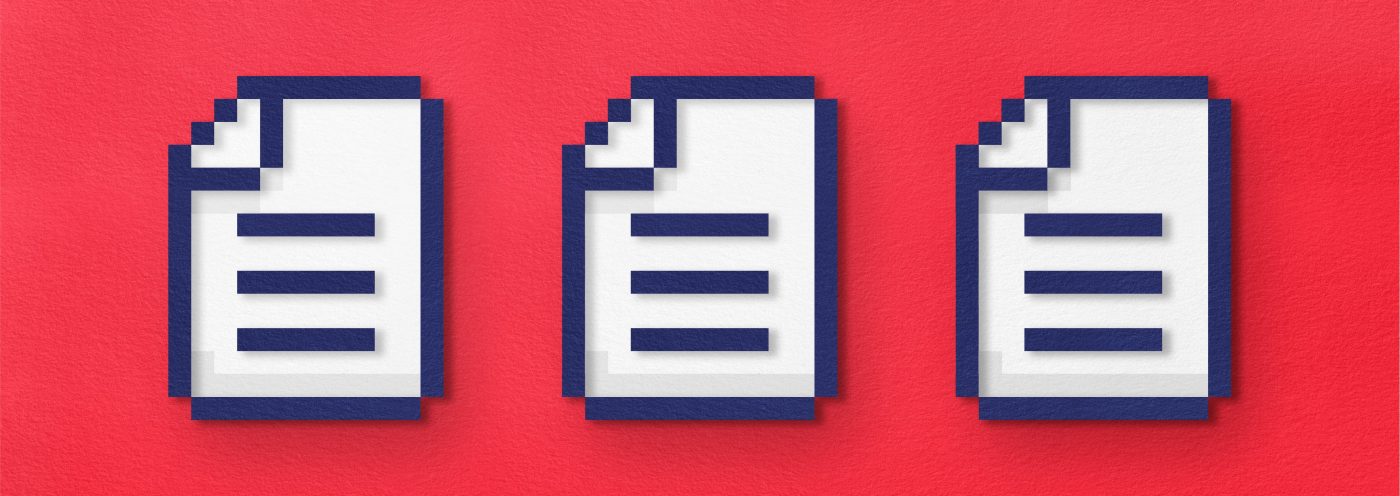
This article was written by Chris Martin, Design Director, New York.
The next Design Series article will be written and illustrated by CBA Associate Creative Director of Experience, Helio Salema!
Apart from distinctive stripes and a penchant for swimming, a tiger has many other strings to its bow. It can, for example, boast about belonging to the biggest species of cat in the world.
Given its striking stature, along with the noble connections of the Royal Bengal breed, a tiger might be forgiven for feeling a bit miffed about not being known as the “King of the jungle.”
That could, of course, be because some, like the Siberian variety, choose to hang out on snowy peaks. Fanatics might even dare to say that tigers make some of their distant African, plain-coated relatives look a little weak.
Size matters, and, when it comes to felines, the tiger steals the crown for being king of the world, not just of a few trifling tropics. So, read on to find out more about how and why these giant cats have become such irresistible subjects for storytellers, not to mention useful symbols for advertisers.
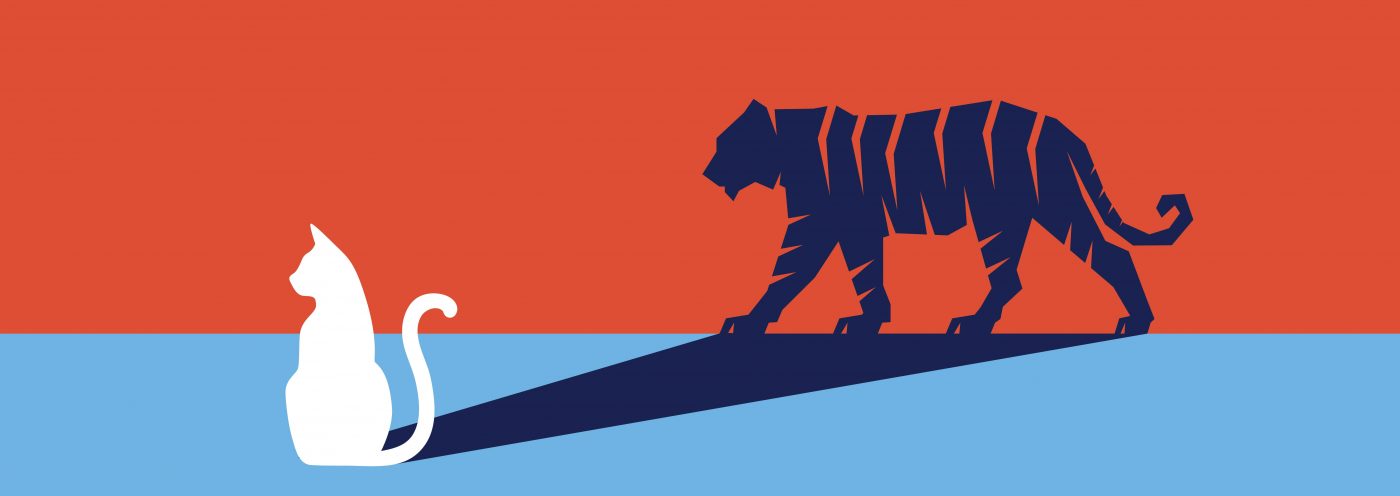
Tigers may be majestic, powerful and handsome, but they have a dark side too. Artists like Abba and Survivor have sold many millions of records about the danger of messing with these growling mega-moggies or people who display some of their characteristics.
It’s a familiar theme that goes way back in time. In 1794, William Blake’s contemplative poem, “The Tyger,” explored the duality between aesthetic beauty and primal ferocity.
The work was published as part of his “Songs of Experience,” but the original tunes for Blake’s poems have long been lost. Countless musicians from Benjamin Britten to Duran Duran have tried to create their own versions of the melodies ever since.
Part of mankind’s inner struggle is based on the concept of the contrary nature of things, Blake believed. Tigers were useful motifs to make the point. Employing a similar technique, Yann Martel features a tiger in “Life of Pi,” making the big cat a central character in the spiritual journey he maps out.
In a mix of humor and symbolism, Richard Parker, Martel’s tiger, is named after the man who’d captured him. It was all apparently due to a clerical mix-up at a zoo with the hunter assuming the tiger’s real name, Thirsty. For the sake of argument, Richard Parker represents what the reader chooses to believe.
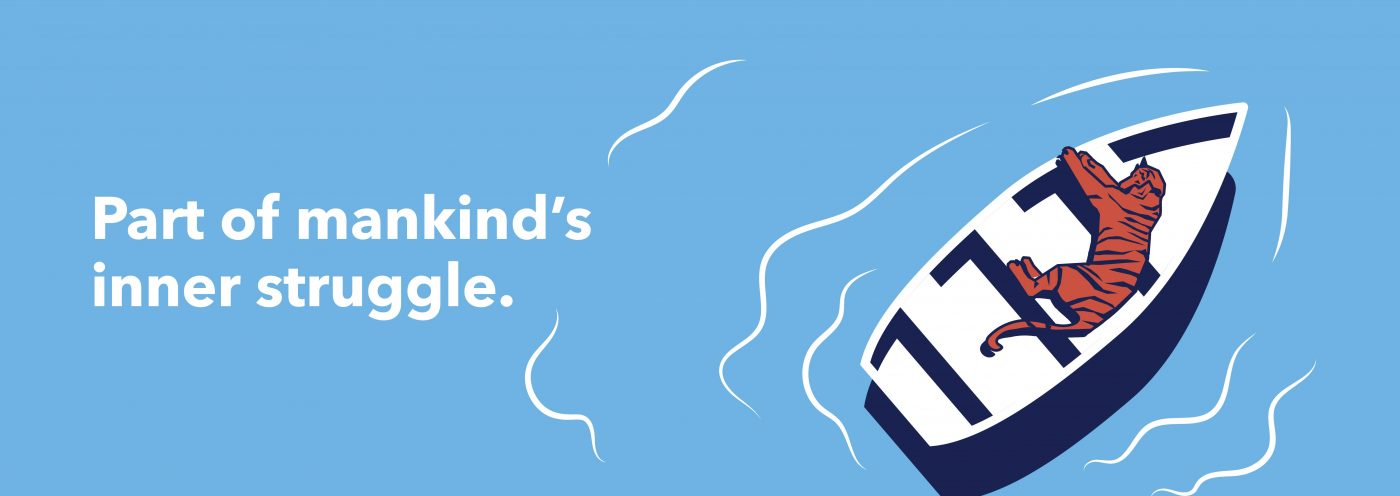
When it comes to the most enduring commercial catchphrases ever, tigers have proved to be most definitely worth it. Take “Put a tiger in your tank” as a classic example.
True, it may no longer appear on billboards but it’s stood the test of time. Even if the brand that the slogan was promoting may now be hard to recall, the meaning is still clear as day: using Esso fuel would add some “va va voom” to your driving experience.
In the ‘60s, there was a rush on the fake tiger tails (now collectors’ items) available at participating Esso gas stations as millions of motorists hung them on their fuel caps as mementos. ‘They’re g-r-r-eat,” you might even imagine Tony the Tiger exclaim while munching through his morning bowl of energy-boosting Frosties.
(Incidentally, such was his resemblance to his Esso cousin that, in the ‘90s, Tony was at the center of a legal cat fight between Kellogg’s and the oil giant, by then Exxon Mobil).
Esso’s tiger was cute and cuddly. He served as an ambassador of post-war optimism after years of shortages. Easily identifiable, he gave a face to a product for which brand identity has always been something of a challenge.

The Esso tiger is symbolic of what we could refer to as the Tiger Woods effect these days. Our sporting hero gave such a boost to golf that the game‘s now become synonymous with maximum athletic prowess.
Metaphorically speaking, he rubbed some much-needed tiger balm into a sport that had for far too long been dominated by white, middle-aged, pot-bellied men. The epic power ballad, “Eye of the tiger,” would now not feel out of place over the opening TV titles of the U.S. Open.
Despite one or two shortcomings off the course, our golfing superstar brought some refreshing beef, brawn and boldness to the fairway. And, the tiger effect has even swept through countries of SouthEast Asia that are experiencing a fiscal boom. The sheer muscle mass, speed and grace of these big cats are part of the reason we’ve coined the term “tiger economy.”
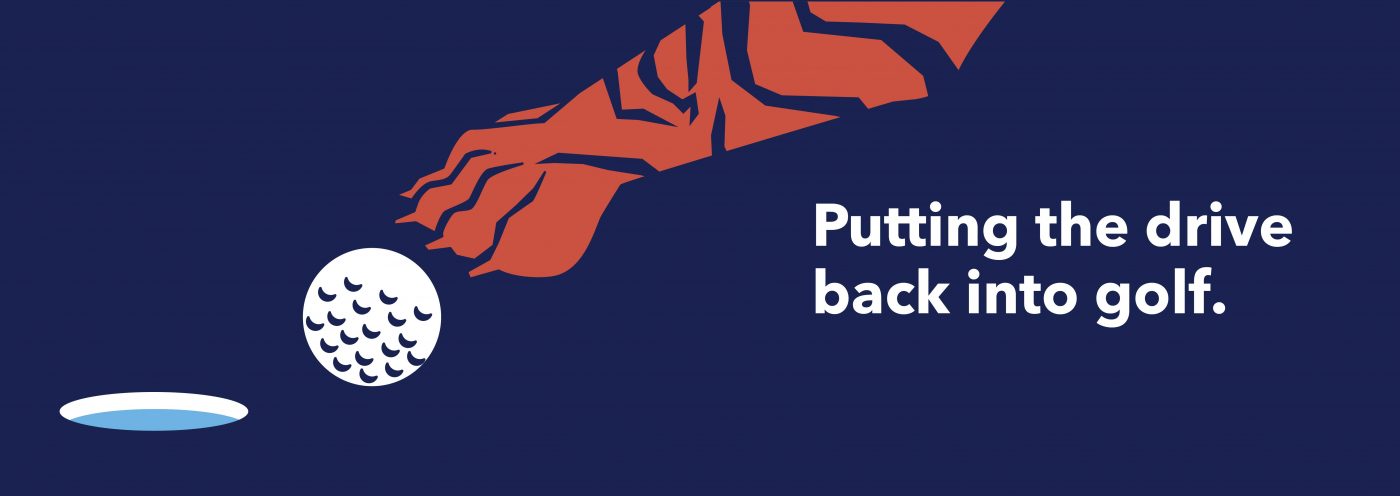
It’s also why tigers are a photographer’s dream. In more recent years, live-action tigers filmed by expert cameramen were used to illustrate the power and energy of Esso fuel.
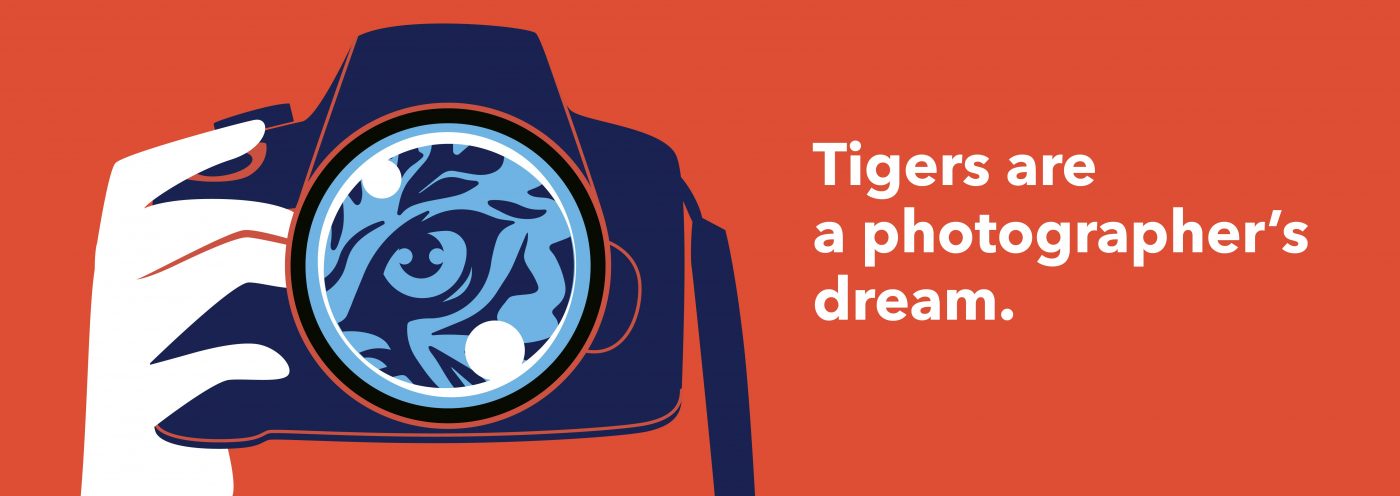
A modern example therefore of the contrasting themes William Blake made about the big cats is that, back in the day, Esso’s tiger looked so different: like a character from Winnie-the-Pooh, in fact.
Let me introduce you.
“Glad to meet ya. Name’s Tigger. T-I-double guh-er! That spells Tigger,” said Tigger. “Climbing trees? Why, that’s what Tiggers do best! Only Tiggers don’t climb trees, they bounce ’em!”
Basing him on one of his son’s stuffed toys, A. A. Milne made Tigger a symbol of over-enthusiasm and bounciness. The fictional character is similar to one of those Jim Carrey-like friends a lot of us have that we both adore and sometimes wish had an “off” switch we could flip.
Nonetheless, many of us could probably do with a little optimism at the moment. It’s then perhaps highly appropriate that 2022 is the Chinese “Year of the Tiger.”
Here’s to a year filled with a bit of well-deserved tiger-like fearlessness and chutzpah to get us through the difficult times.

This article was written by Sara Jones, Creative Director, New York.
The next Design Series article will be written and illustrated by CBA Design Director, Chris Martin!
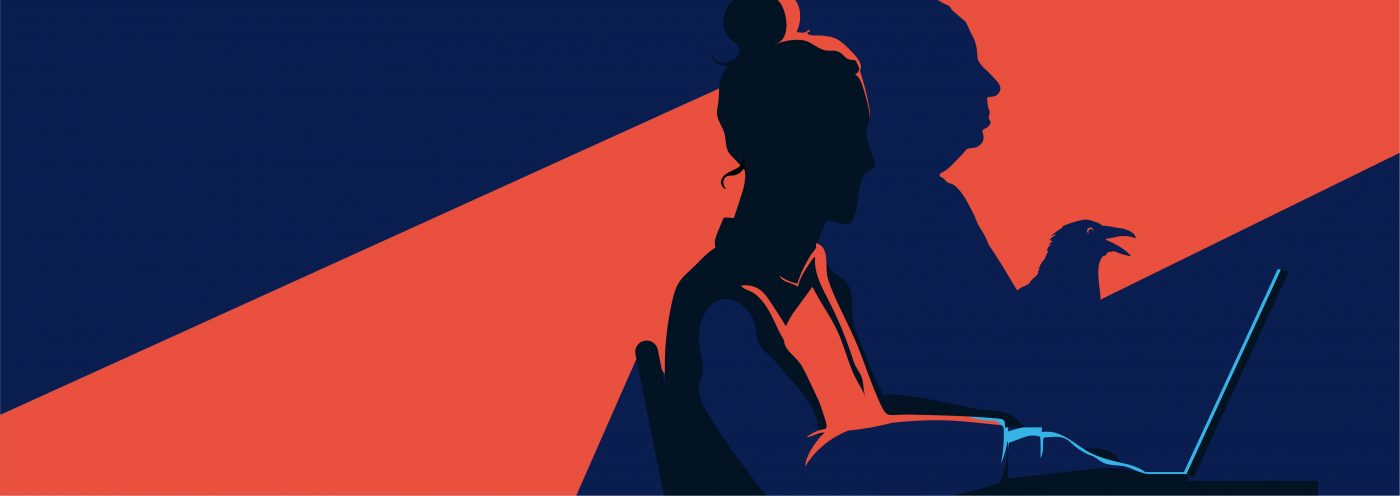
Born and raised in Indonesia, I’m from a culture where shadows have long been places in which mythical creatures and spirits lurk. You wouldn’t want to make these beasties your besties: on the whole, they don’t tend to be very pleasant.
I’ve gone global now and I can see my country’s fascination with creepy, ghoulish figures is not unique. The adoration of Michael Jackson’s “Thriller” video and the obsession with an alleged monster in Scotland’s Loch Ness have turned shadowy figures into star attractions.
So, what makes shadows such intriguing shapes and why are they such an integral part of design? Read on to find out.
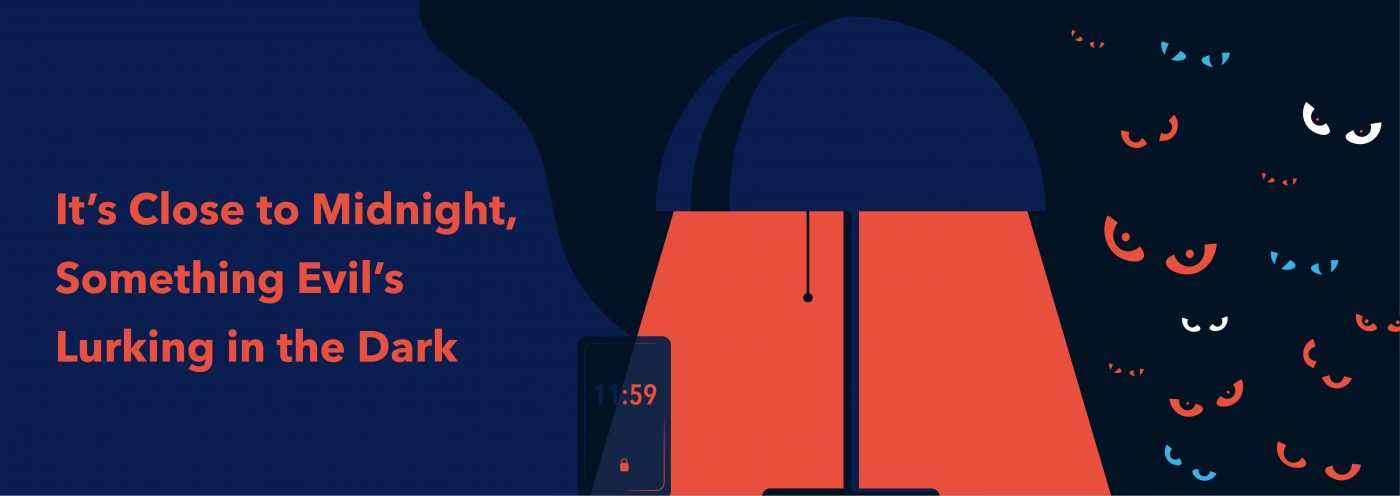
TV’s “Got Talent France” introduced some of us to an extreme use of shadows as startling illusions. Contorted performers used their silhouettes to mimic anything from elephants to burnt-out trees.
Their act told a familiar tale of humans choking the life out of those they share the planet with. It also took me back to my roots.
Wayang kulit is a traditional form of puppet-shadow play. This time, shadow artists rear-project puppet figures on a taut linen screen using a coconut-oil light. The stories often have a similar theme of good against evil with the shadows accentuating the mood.

Film buffs will be familiar with this use of shapes and outlines to set the scene and create a little tension in a similar way to those puppeteers on my home turf.
Think of the titles of a 007 movie. Silhouetted gold-painted dancers moving through flames to the sound of a barn-storming belter would not look out of place.
Alfred Hitchcock was a movie genius partly for the way he used light to garner suspense and grip the viewer. Take his masterpiece (and personal favorite, according to his daughter), “Shadow of a Doubt.” Hitchcock uses a lighting scheme with very little fill light.
Gloomy, dim lighting creates the effect of contrasted light and darkness to reflect the duality of moral ambiguity. Powerful shadows blot out parts of the main characters. In one scene, Charlie (Teresa Wright) finds out that her uncle is trying to kill her. Hitchcock shows them in profile, facing each other.
They are lit from behind and with a high-key light source. They, therefore, appear in the depths of darkness. This lighting technique successfully captures her uncle’s wickedness and Charlie’s discovery of his evil.
The darkness of the scene is symbolic of Charlie becoming aware that the world is not always a happy place. It can be dark, cold and bleak. The movie “brought murder and violence back in the home, where it rightly belongs,” the director quipped.

Stage and film are two genres that by their very nature have the luxury of 3 dimensions. They can quickly make clever use of the mood and shapes that shadows can create. When you’re working with a plain sheet of A4 things are arguably trickier.
Trompe-l’oeil or trick of the eye is an extreme artistic technique that often calls on shadows to help out designers working on flat surfaces. It can take realistic imagery and create an optical illusion so that the depicted objects appear to exist in 3 dimensions.
Mind-bending geometric shapes complete with shadows can leap out from the page. They make you want to reach forward and touch their sides to check if they’re real or an illusion.
For less extreme purposes, drop shadows were a one-time favorite of graphic designers. They’re a visual effect consisting of an element drawn to look like something’s shadow. They give the impression that the object lies above what’s behind it.
They’ve developed a reputation for being somewhat overused. That’s partly because digital technology makes it almost too easy to create them. But, made use of wisely, they can add depth and not distraction.
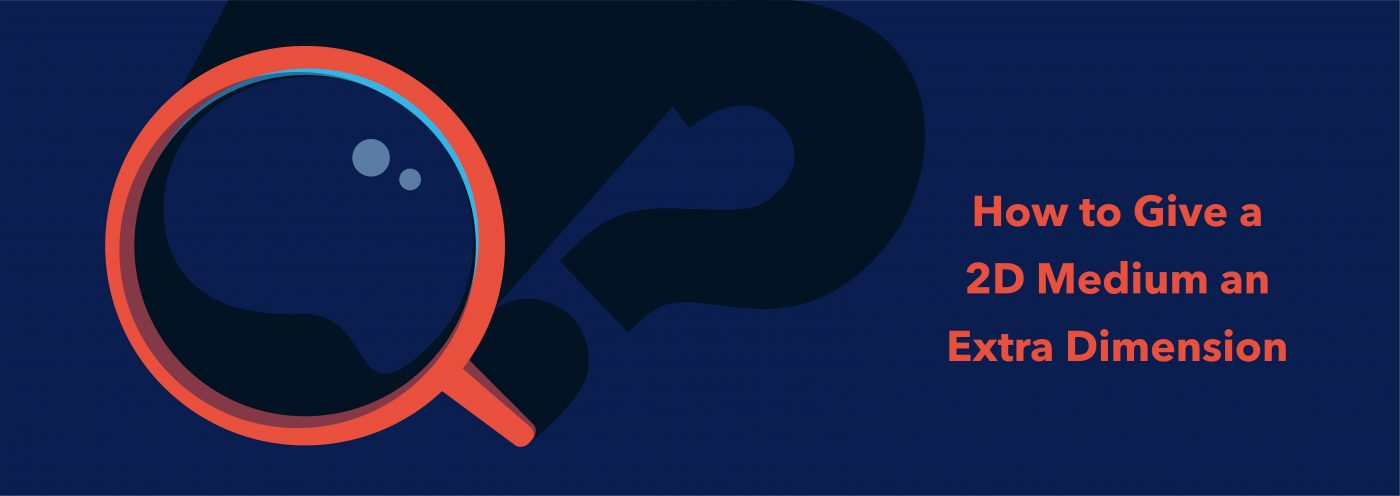
What we refer to as cast shadows appear because an object blocks out the light source. That makes them different from their core cousins. Not for nothing is the shower sequence in Hitchcock’s “Psycho” awash with them.
On top of that, the killer is in silhouette. It all helps with the power of suggestion that this scene has become so famous for. We never, of course, see any actual stabbing, but through visual techniques, we could be mistaken for thinking that we had.
This duality of light and shadow lies at the core of some of the bigger questions of life. Dark sides best locked away, trick or treats, alter egos, good and evil, are all wrapped up in a world of brightness and obscurity.
With the notable exception of Father Christmas, the grim and ghastly tend to assemble at night. Vampires and ghosts simply can’t make a living at times when we’re better able to see them.
As if this wasn’t bad enough, researchers have found that we’re more scared of frightening noises and images at night than during the day, even in a well-lit room.
And that is all great news for Halloween aficionados (as well as for those mysterious things that go bump in the night and scare the living daylights out of us).

This article was written by Donny Marjalis, Senior Designer, New York.
I’m excited to announce that the next Design Series article will be written and illustrated by CBA Creative Director, Sara Jones!
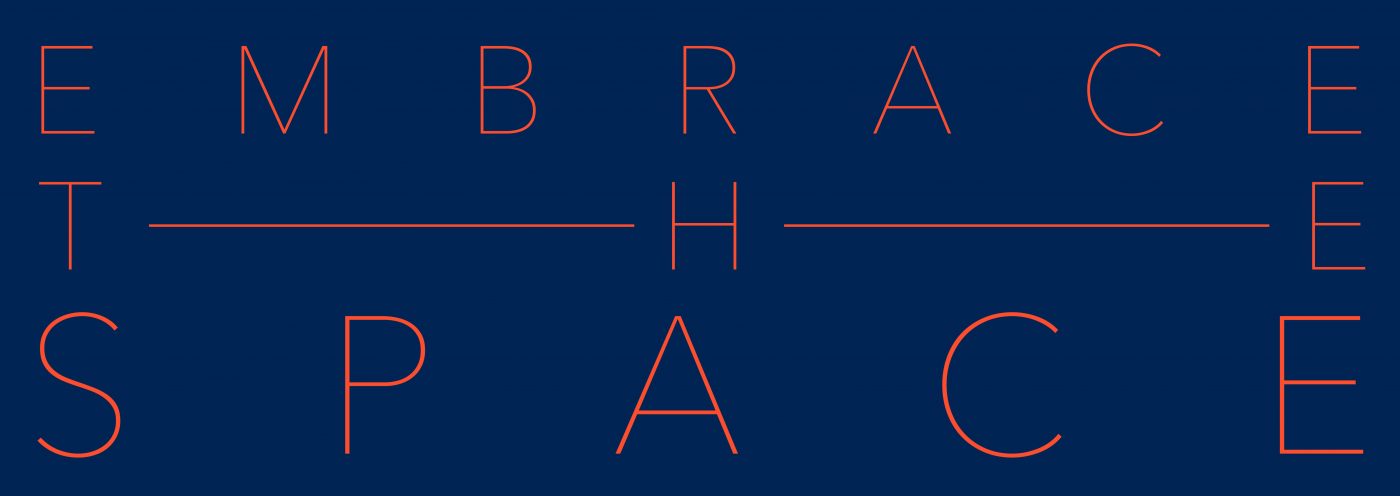
Space is the final frontier according to Captain James Tiberius Kirk. It’s also where countless artists have boldly gone where no artist had dared go before.
Take Edward Hopper. The American’s paintings took spatial awareness to stark, new heights. Some evoke feelings of loneliness and longing that could break the hardest of hearts.
Musicians have long made use of pauses that hang in the air like soaring butterflies. These silent spaces are there to incite a sense of anticipation giving us a moment or two to gather our thoughts and emotions.
Listen to Barber’s Adagio for one of the most crushing, perfectly placed silences in the history of classical music. (Start at 5’30 to quickly take in its beauty).
Designers continue to seize this artistic technique that leaves time for consideration and emphasis. Read on to find out how less can indeed be more.

Imagine brimming with so many ideas that they won’t fit the space of a brief. The temptation is to cut out a few, make a tight fit and be good to go: the fewer grand plans ending up on the cutting room floor, the better for everyone.
That’s one way to see it, but spare a thought for the consumers looking at your creation for the first time. You spent hours crafting your design. They might only have a split second to digest it.
There’s a strong argument for being brave enough to abandon valuable communication real estate by knowing what and how much to leave out. It can be the tipping point that turns a good designer into a great one.
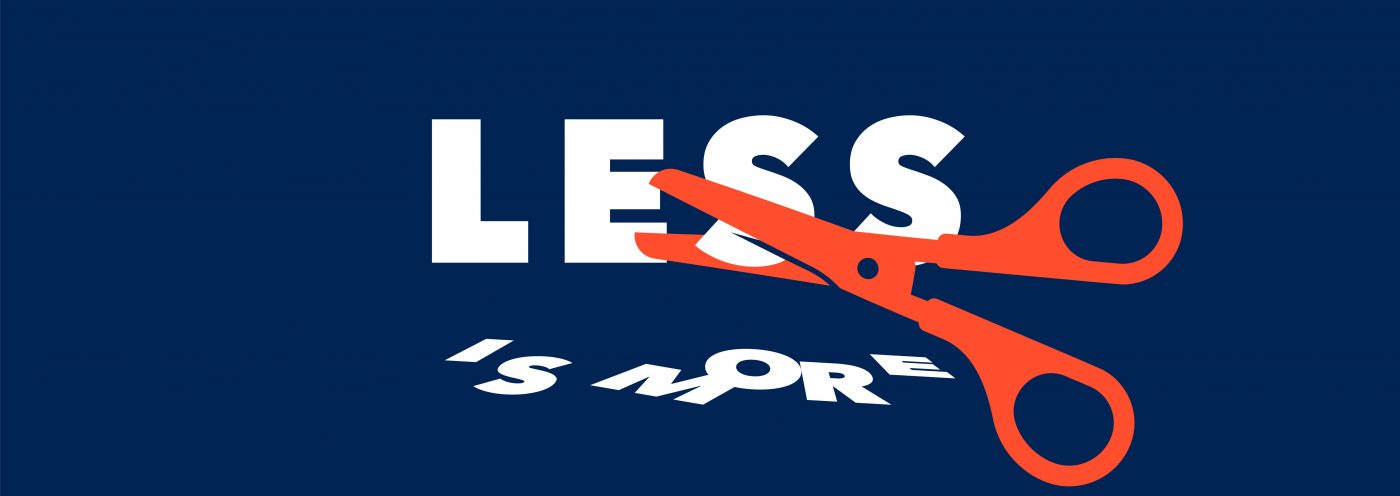
White space, also referred to as negative space, is essentially any area of design that is not taken up by content. This could be anything from vast expanses between different elements to the tiniest bits of space between some letters.
Despite the hint in its name, white space is not restricted to being white or any other color for that matter. It could be a textured surface or even a photo.
Used effectively you can establish a hierarchy in your composition, set a mood and improve readability. With care, you can achieve a harmonious balance that could take a consumer on a visual journey or draw their attention towards a specific element.
It might feel counterintuitive, but harnessing a whole lot of nothing is not wasting space. It can make or break your creation. It’s a fundamental design principle that will either keep the viewer on your page or leave them looking elsewhere, possibly with eye strain.
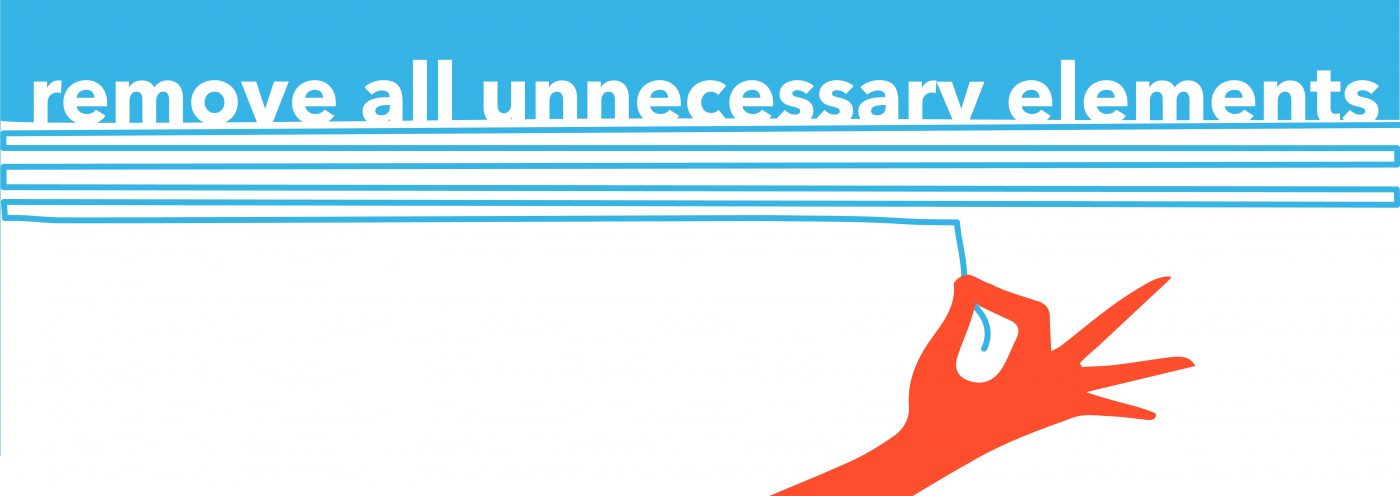
Negatives tend to be balanced with positives. Positive space refers to your subject matter, meaning all the elements that aren’t in the background.
For example, every letter in a block of text is a positive space. To avoid a messy jumble, we call on negative space to bring us much-needed breathing room and to restore balance. Get it right and you’ve achieved a bit of yin and yang.
Just to make things a tad confusing, white space can also be used in an active way to draw attention to a specific element. This could be something like a logo or headline. Taken to a new extreme when used in this way, it began an advertising revolution about 60 years ago.
So, fasten your seatbelts! Let’s take a trip back in time to revisit a piece of design work that put white space firmly on the map and changed the future of advertising and design forever.
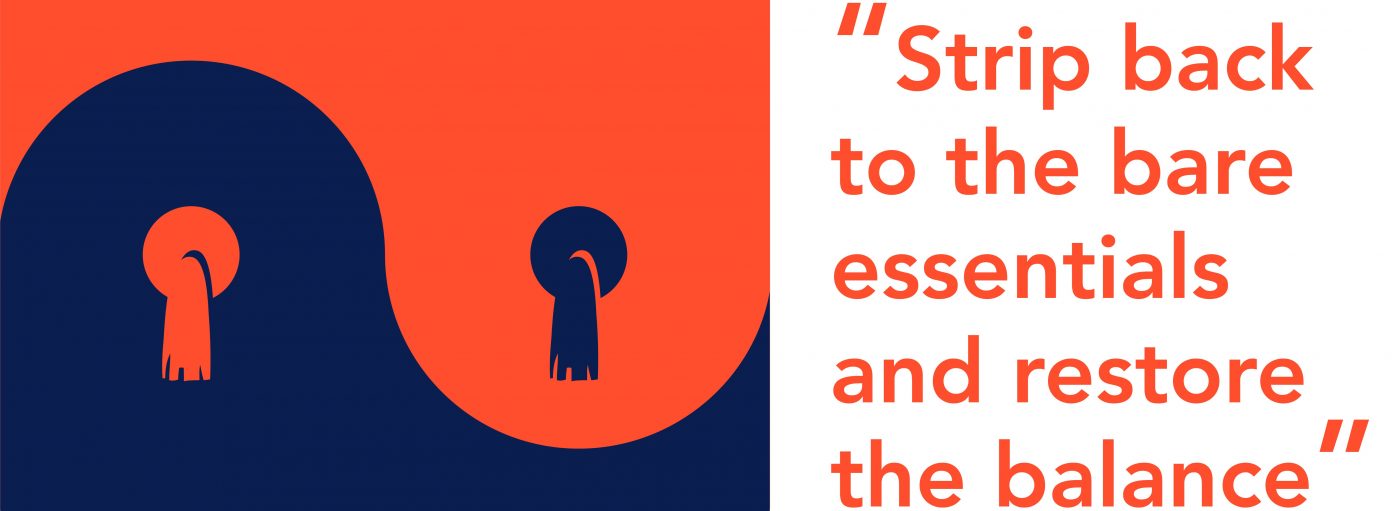
Set your flux capacitors to 1959 because that is when Bill Bernbach of DDB presented Volkswagen with his Think Small campaign idea. It’s regarded as one of the most effective and successful uses of space in design.
He bravely, some might have said foolishly, embraced space to such a degree that he used an ocean of it to surround a minuscule photo of a VW Beetle. This challenged the status quo at the time, ushering in a minimalist design revolution.
The ads caught the coolness of the product so well that people tore them from magazines and stuck them on their walls. It was the start of a new design movement that’s still going on today.
There have been countless negative space success stories ever since.
Take the FedEx logo with its clever arrow between the ‘E’ and ‘x.’ The negative space between these last two letters tricks the eye in a flash. The result is that we are drawn to a symbol conveying the company’s message that it’s super-speedy.
Over the years, IKEA’s ‘less is more’ approach to home furnishings has seen bright colors leap out from the page when set against sparse, Scandi-style wooden flooring. And, Apple’s use of clean, white space on its packaging reinforces a logo now synonymous with luxury, coveted tech.
Vive la révolution!
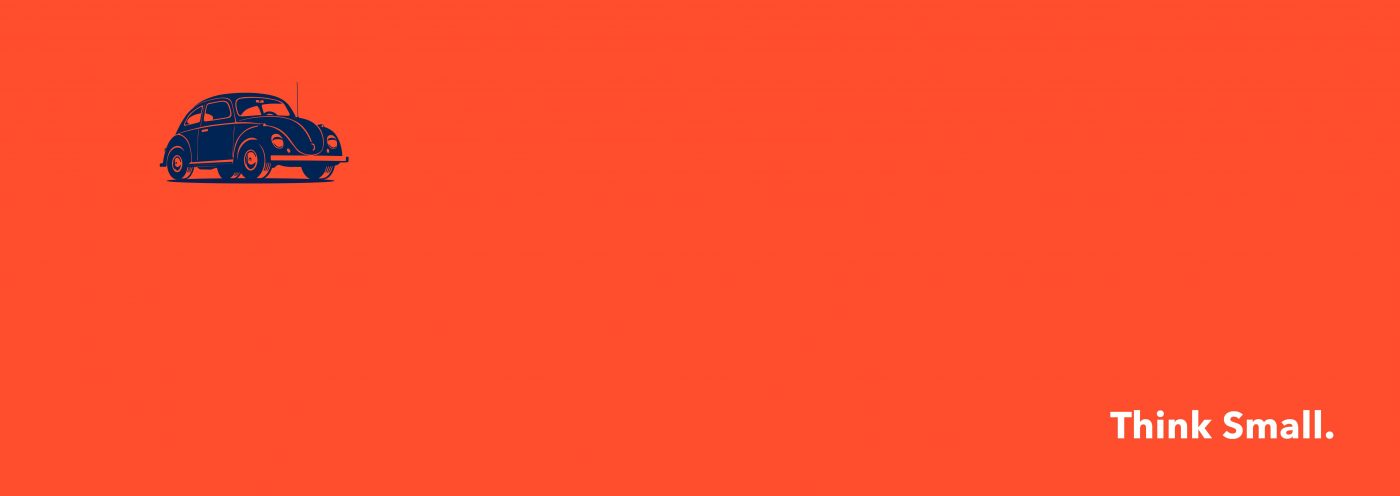
Staying with the revolutionary ‘50s theme, I was reminded of a controversial three-movement piece composed in 1952 by the American experimental musician, John Cage.
Written for any instrument or combination of instruments, the score, called 4’33”, instructs performers not to play during the entire piece. The work is then made up of the sounds from the environment that listeners hear while it’s performed.
A useful example of what parts of mindfulness are all about, it also reminds us that there will always be a smattering of sound to sprinkle on the aural equivalent of white space.
Apply the same concept to a minimally filled blank page and the light that shines on it. Deciphering its meaning can often lie in the eyes of the beholder. For a designer, the knack is to know what stays in and what stays out to provoke the desired reaction.
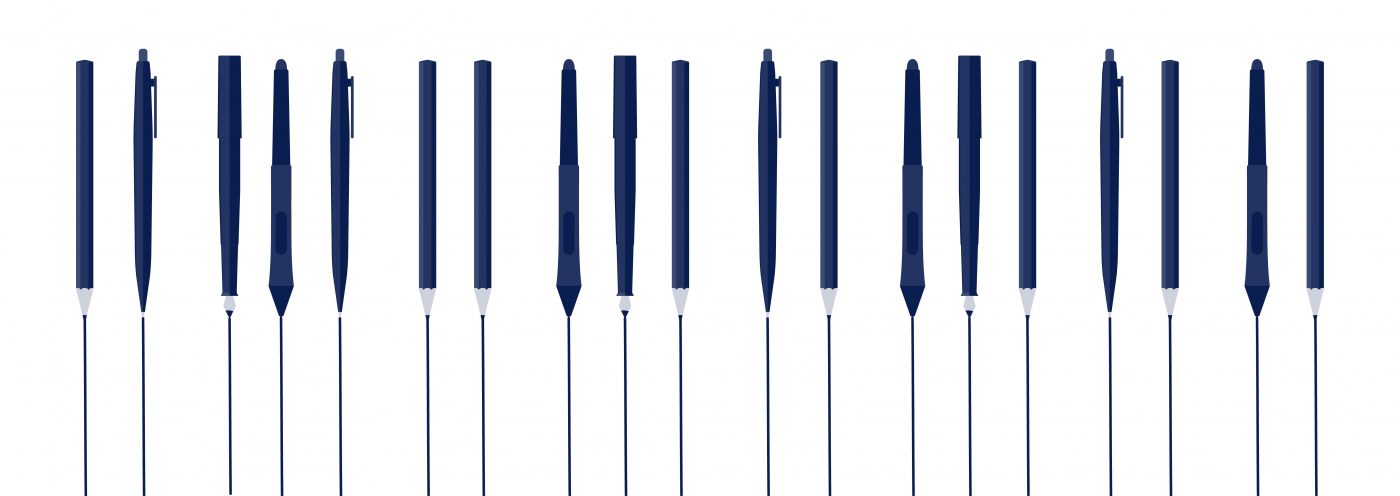
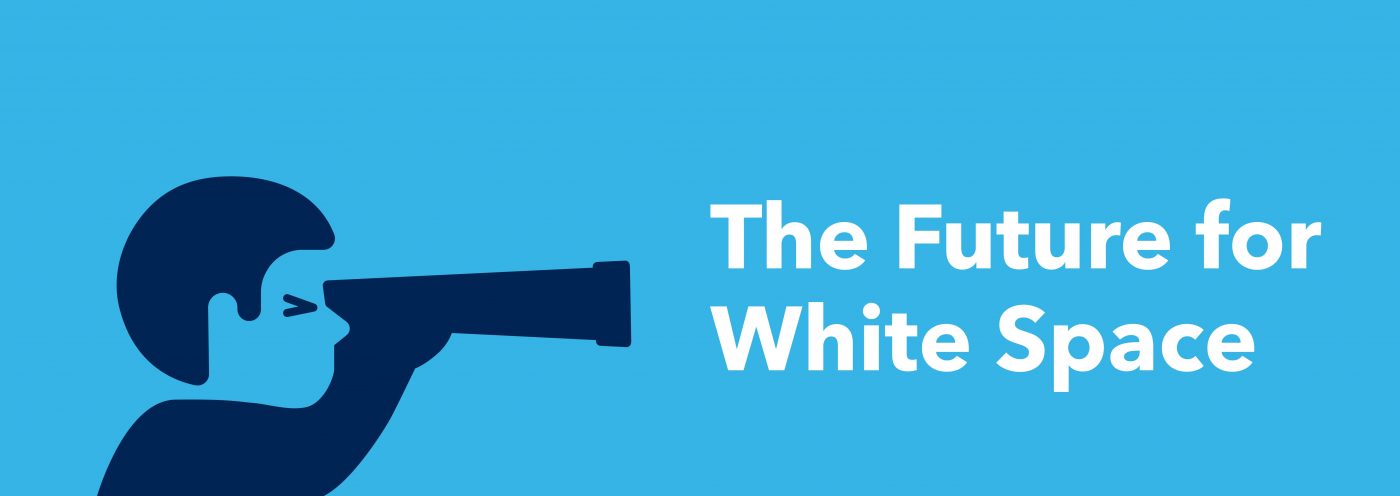
Why design trends come and go does, to an extent, depend on how we choose to make use of white space. White space will always be there and so will ever be a fundamental part of any design.
How far we choose to push its boundaries will play a part in keeping us looking fresh and shiny. So, what can we expect to see this year and beyond?
Minimalism continues to dominate, bridging the gap between art expression and lifestyle choices. It cuts through the noise and provides much-needed breathing space so that we don’t drown from an information overload.
Watch out for colorless and muted color designs, optical illusions and the use of geometric shapes trending everywhere. They all showcase the versatility and power of space that is called white.

This article was written by Arturas Janusas, Design Director, New York.
I’m excited to announce that the next Design Series article will be written and illustrated by CBA Senior Designer, Donny Marjalis, on the topic of shadows!
Adjusting to life in the midst of a pandemic has me thinking about how much companies, business people, and the general public just take flying for granted and use it exponentially without being aware of its impact on the planet. After reading more about this, I wanted to write this article to put my thoughts into words.
In 2019, the United States generated more than one-third of the global travel expenditure. According to international travel statistics, 1.3 million people travel for business every day in the U.S. alone! We’re always looking for the quickest ways to work and get to places in this forever buzz-ticking world. What if we just paused for a second, and started looking at the bigger picture and started asking ourselves, “Do I really need to attend this meeting in person?” “Can it be done digitally?” “If not, then what alternative to a short flight can I choose?”

I love hopping around and discovering new places. Still, lately, I have realized that there are different (better and smarter) ways of doing this – for example, should I be required to attend a meeting, I could go there by train instead of by plane. I could also consider extending my trip. Let me explain. I am talking about creating more leisure – business and leisure – trips! Why wouldn’t we look at doing the unthinkable, mixing business with pleasure to do the best we can to help reduce carbon emission for our beloved planet? Instead of attending a meeting and flying straight back, why not just extend your stay for a week or two? Considering remote working is the new way of life, you can work from everywhere. Air travel is by far the most damaging way of traveling for our planet. As WWF mentions traveling by train results in a quarter of the greenhouse gas emissions versus traveling by plane.

Mother Nature was happy to see COVID settle in and take over our lives so that she could start breathing again. The virus has now been controlling our lives for over a year, forcing us to figure out new ways of working, which has led to a steep decline in business travel. To give you a few numbers, the spending around business tourism in the G20 area went from 357.9 billion dollars in 2019 to 109.4 billion in 2020. Our work here at CBA revolves around collaboration. Working together is at the core of our business – we work with our clients and not only for our clients. Even before the pandemic, here at CBA USA, we decided to innovate around ways of working by combining remote workflows with Sprint Mode®, our collaborative and agile service that infuses speed into design strategy, creating solutions with maximum efficiency. Sprint Mode™ enabled us to work collaboratively, even when we are not physically together. The lesson is, there are never problems, only solutions!

Sprint Mode® saves a lot of time on both our side and the client’s and enables us to work quicker! Sprint Mode® can be used anywhere in the world to help manage and create much more efficiently by optimizing lengthy processes and avoiding diary clashing! Working with Sprint Mode® helps reduce meetings, as everyone can interact on the platform directly. Therefore, it contributes to lowering carbon emissions, as it reduces the need for business travel. Our planet needs us. Let’s work and travel smarter!

This article was written by Jean-Marc Rinaldi, CEO of CBA USA.
“…a picture paints a thousand words, then why can’t I paint you?”
My Dad would often sing these classic lyrics to my Mom when I was a very young girl, prompting me to perfect my eye-rolling skills.

It’s doubtful that a set of emojis would have been of much use to the writer of these romantic words as he tried to capture the beauty of his true love. 😥
The song acts as a stark reminder that even pictures have their limits. A thousand words might be stretching it, but a simple heart can definitely replace eight little letters.
So, what do these playful pictograms tell us about the world we live in? Read on to find out.
Emojis are a byproduct of the new technological opportunities available on phones and keyboards. Because we can, we do. Their creation was almost inevitable.
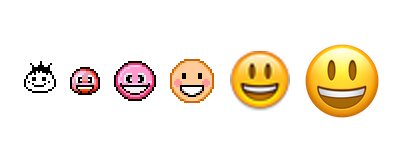
To give their age a little perspective, emojis are a year younger than the first episode of Judge Judy’s TV show.
When it was announced last year that her courtroom drama was to end, her millions of grief-stricken fans were limited to exchanging crying face emojis – there being no hysterical, ululating varieties (yet). The sad face emoji world had never been so busy since the death of Joan Rivers.
Judy Sheindlen may be queen of quickfire one-liners but modern technology is not her strong point. Her loyal sidekick, Officer Byrd, was often called upon to fill her in on the niceties of the digital age which cropped up in the cases she heard. Emojis. Sch-emojis! “Do I have stupid written on my forehead? Case dismissed!”
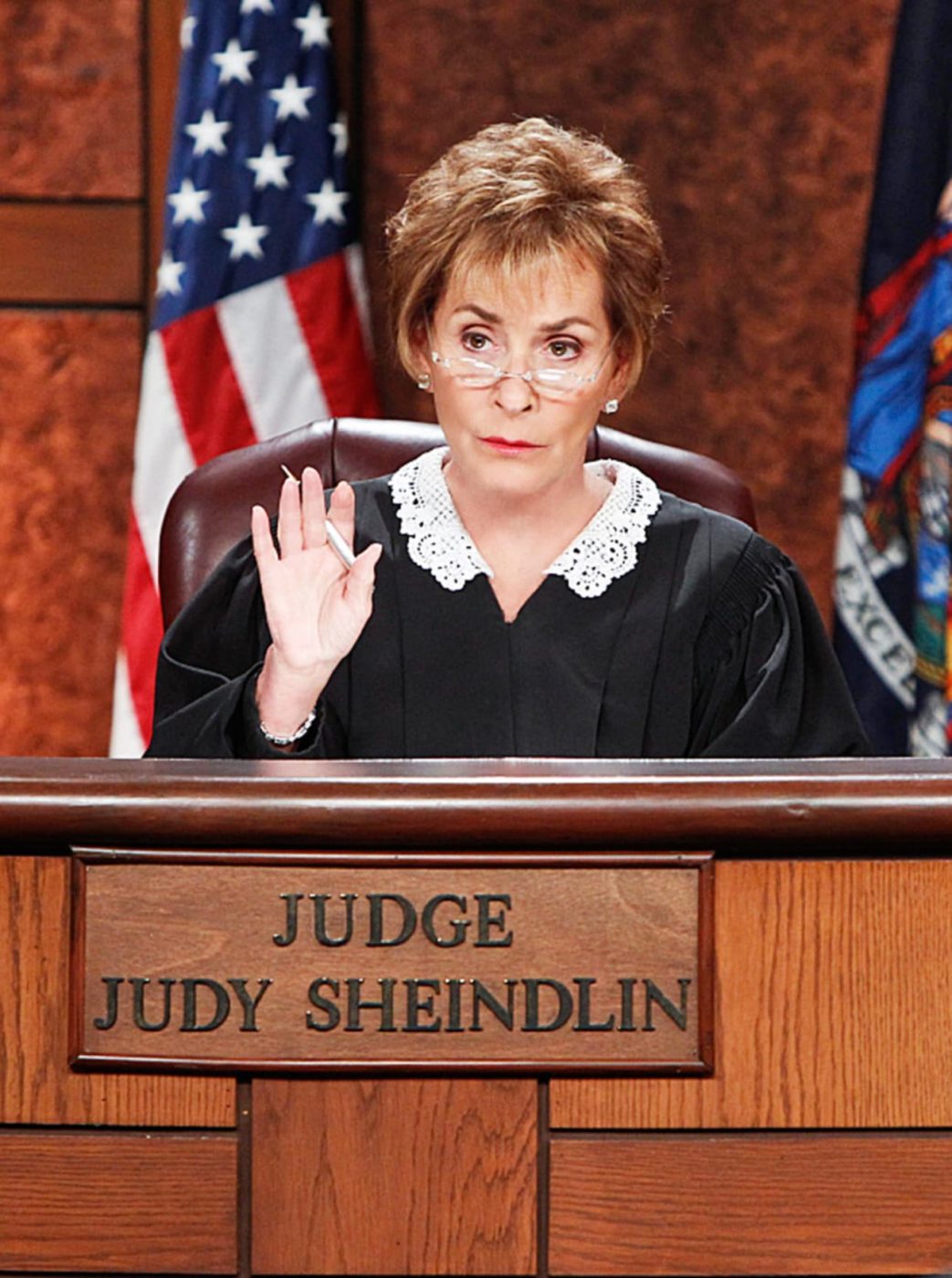
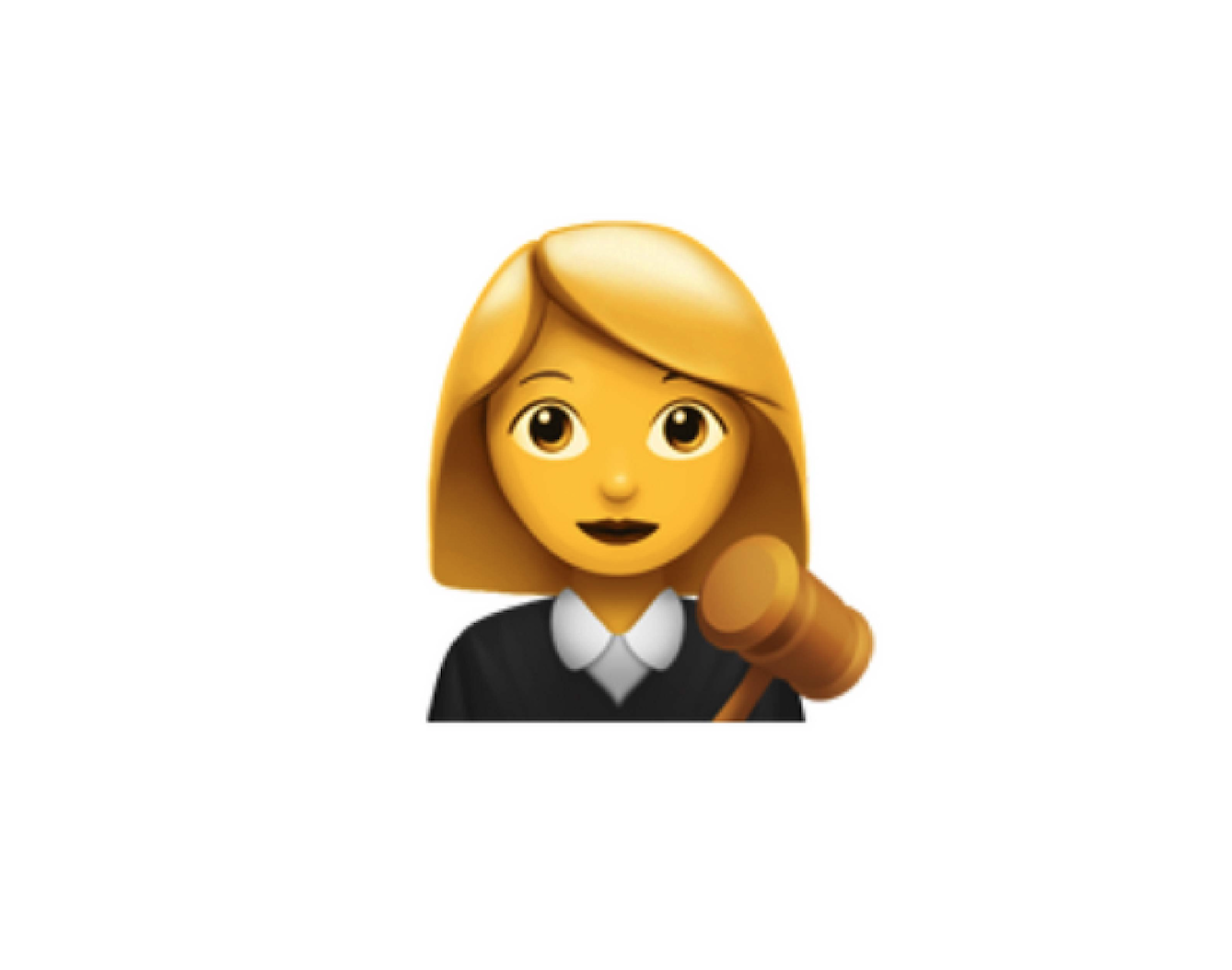
In Judyland, things are always clear-cut. The kinds of emoji-type images brand Judy could conjure up would be few but definitely extreme.
Emojis, not to be confused with their cousins, GIFs and Memes, may well give us emotional clues when we communicate, but in fact, they come from the Japanese word meaning picture character.
“Emojis increase the precision and nuance of our often super-brief and open-to-misunderstanding communications,” Alizah K. Lowell, Psychology Today.
Suzanne Moore, Columnist, the Guardian, “Winky smiley face. Excuse me if I don’t respond to the puppy, umbrella and fake flowers you send me … I am not six. Send help. Send words.” 🐶☂️💐
Suzanne Moore has a point, but the truth is that many of us don’t have the time or inclination to write exactly what we mean or feel. We’re so often glued to our phones that multitasking has become the norm and some jobs need to be quick.
Texting a pictogram of a thumbs-up, a bottle of bubbly or smiley face 👍🍾 😊 is irresistible while concentrating on the latest offering from Netflix, for example. It’s instant, fast and says what we mean. Job done.
So sophisticated have we become at using emojis that we can be caring, confrontational, passive-aggressive or sarcastic, all at the touch of a single button or emoji. (And, sometimes we don’t even mean to be any of those things.)
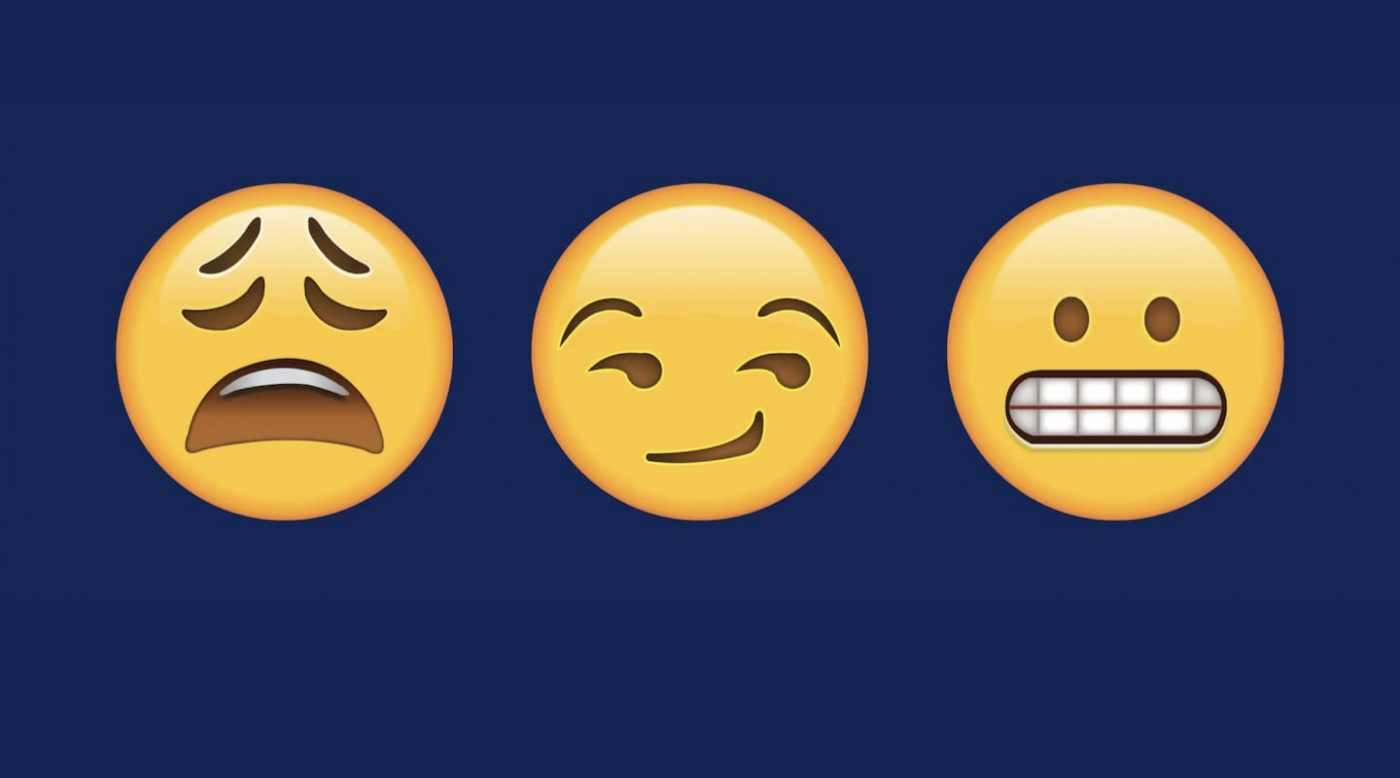
Given their simplicity, lazy artwork appears to be behind the controversy some emojis have caused during their relatively short lives.
“Clotted cream or jam on your scone first, madam?” It depends where you are, of course. Our very British Design Director, Chris Martin 💂 informed me of the war waged between Cornwall and Devon about the right way to make a proper cream tea. It’s as old as the ‘milk in first or last’ conundrum when making a cup of English Breakfast tea. 🫖
In a similar way, some food emojis have almost created international incidents. Users could be forgiven for not being truly grateful for the original cheeseburger emoji Google served up. The company got its emoji chef to recreate it with the cheese on top rather than underneath the patty.
Apple’s first attempt at a bagel emoji was enough to evoke a string of Gordon Ramsey-style expletives. Anemic and plastic-looking, it was replaced with something more realistic, tempting and filled with cream cheese. I’d have added a little smoked salmon myself.

Harmless water pistols have pushed real guns down the emoji pecking order. Even innocent-looking vegetables have found themselves caught up in the controversial world of sexual, emoji innuendo.
Emojis by their very nature are caught in the crossfire of diversity. It’d take a very brave person to try and come up with a range of emojis which fully represented humanity in all its different colors and shades.
The founding father and mother of all emojis is arguably the smiley face. It began with a simple 🙂 in texts and emails long before colorful, designer emojis became de rigeur.
Some researchers claim our brains even process and recognize facial expressions made up of characters in the same way as real ones. Who knows? We might one day start responding to an emoji as we would to a real bottle of red wine or beer. It’d certainly be cheaper. I’ll take two of each, please.
As I was researching for this article, I learned that Fatboy Slim, the international DJ aka Norman Cook, is a smiley face aficionado who’s gathered what’s possibly the biggest collection of smiley fashion items in the world.
The smiley he’s such a fan of was born in Worcester, Massachusetts in 1963 when artist Harvey Ball was asked by the State Mutual Life Assurance Company to make badges that would improve staff morale.
“The first ever 12-inch single I bought was Psycho Killer by the Talking Heads in 1977,” Fatboy Slim explains. “That had a picture of a smiley T-shirt. That was the first semi-ironic use of it – it was everything that punk rock wasn’t.”

The smiley symbol has been rediscovered by generation after generation. Adopted as both a corporate logo and acid house icon, it’s inspired artists like Banksy and even featured in the noir superhero Watchmen movie.
It’s reassuring to know that during such challenging times modern versions of a happy face are still the most used and most popular emojis.
This article was written by Isabelle Narciso, Designer, New York.
I’m thrilled to announce that the next Design Series article will be written and illustrated by CBA Design Director Arturas Janusas on the topic of space!
They say things come in threes- definitely true in the case of triangles. In fact, that’s just about all we can say about them, isn’t it?
Don’t be too quick to write them off as a three-trick pony. Think about it. When you turn a square on its side, it’s still a square. No matter how many times you roll a circle around, it’s still a circle. Yawn.
Triangles are different. Triangles can spell danger. Barry Manilow loved them so much, he even had a hit with one. Decide your number one from our top fifteen favorite, fun factoids about triangles.

When Pink Floyd released ‘Dark Side of the Moon,’ they didn’t choose a circular or crescent moon shape for their iconic album jacket. Instead, they went for a design showing light refracting through a triangular prism. Why?
The concept was threefold- to flag up the band’s stage lighting and the album’s lyrics as well as to create a design which was simple and bold. Given it almost always features in lists of iconic album covers, the unorthodox design proved a huge success.
Triangles can be metal, musical instruments used for percussion. Often derided as overly simple, Mozart and Beethoven still chose to include them in their works.
Liszt even gave them a solo in one of his concertos. They’ve become an integral part of Cajun and Forró, a Brazilian music style.
British TV aficionados might well remember, or perhaps choose to forget, an ‘80s soap opera called ‘Triangle.’ The action happened on board a sea ferry which connected three European ports- hence the rather unimaginative title.
Anyway, the stilted scripts and corny relationships became the butt of many a joke. The BBC took it all on the chin and even chose to rebroadcast the first episode a decade later during an evening of programming entitled, ‘TV Hell.’
It wasn’t all bad though. Americans might also be familiar with the show’s star- the late, great Kate O’Mara.
‘Triangle’ didn’t harm her career too badly. She went on to play Caress Morell, the scheming sister of Alexis Colby in Dynasty and Jackie Stone, Joanna Lumley’s onscreen sister in Ab Fab.
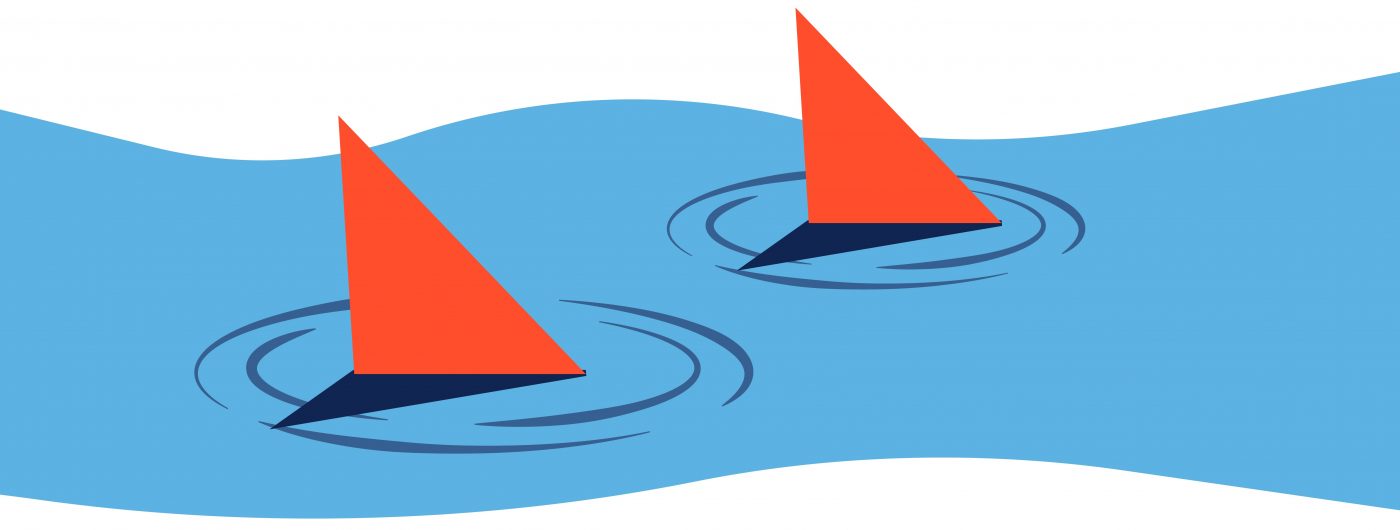
This is the region in the western North Atlantic Ocean where a number of aircraft and ships are said to have disappeared under mysterious circumstances.
It’s also the title of one of Barry Manilow’s lesser-known hits. The lyric picks up the vanishing theme with the story of a guy who takes a girl to Bermuda only to find that she disappears with someone else. Clichéd? We still love you, Barry.
Let’s start with pizzas. If you want to eat them with your hands, then cutting them into triangles is the only way.
When it comes to iconic candy bars nothing beats the mighty Swiss Toblerone. Its distinctive series of joined, triangular prisms has been satisfying our chocolate cravings since 1908.
Ever wonder why tortilla chips are triangular?
An American couple who owned a Mexican deli in LA during the 1940s used up misshapen tortillas by cutting them up into triangles and frying them.
They became one of their shop’s best sellers. Little did they know that they’d just given birth to what’s become a 22 billion dollar global market.

This 1970s hit for Mary MacGregor was written by Peter Yarrow of Peter, Paul and Mary. It became a global sensation, so much so that the song was translated into a string of different languages.
Those in polyamorous relationships might rightly feel perplexed by this part of the lyric, ‘Lovin’ both of you is breaking all the rules.’ Nonetheless, the love triangle is a regular theme in popular music, particularly country and western: cue Dolly Parton’s ‘Jolene.’
In many parts of the world, triangular road signs warn drivers about potential dangers. These can range from wandering giraffes in Namibia to hippos in South Africa. ‘Humps ahead, Camels may be crossing!’ cries another sign in Egypt.
Triangles aren’t of course inherently dangerous to humans. They’re just the shape of choice to draw attention to danger by association. It could be that squares or circles are softer to the eye than their triangular counterparts.
Triangles feature heavily in Cubist art. The concept of reducing an image to a limited number of geometric shapes such as triangles grew out of the Cubists’ quest for simplification.
Check out ‘Still Life with Flowers’ by Juan Gris. This 1912 painting is famous for the stylistic use of triangles and overlapping planes that come together to form a scene of serene and humble beauty.
Now a symbol for lots of LGBTQ identities, it was once a badge of shame. The Nazis used it to identify gay people in their death camps. Activists reclaimed the symbol in the 1970s in their protest against homophobia.

Civilizations across the world have long built these structures which feature a series of triangles. The largest by volume is the Great Pyramid of Cholula in Mexico.
You’ll find the most famous pyramids in Egypt. Legend has it that the sun god Ra, father of all pharaohs, sat on a pyramid-shaped mass of earth which had appeared from the sea. The pyramid’s shape is thought to have symbolized the sun’s rays.
Modern architects love the triangle too. For many, it is the strongest symbol, capable of holding its shape, with a firm base and providing immense support.
This is the region where the borders of Laos, Thailand and Myanmar come together. It all happens at the confluence of the Ruak and Mekong rivers.
The Golden Triangle covers an area bigger than Texas and has become one of the world’s most famous tourist hotspots. There are plenty of golden Buddhas to see and luxury river trips to be taken.
The popular Old Opium Museum, located in the centre of Chiang Saen, is well worth stopping off at. It offers visitors an insight into the opium trade which was once rife in the region.
This is the symbol of modern Jewish identity. Its shape is that of a hexagram made up of two equilateral triangles which also appears on Israel’s flag.
It all goes back to the Biblical king and his legendary ‘shield,’ although there are more complex interpretations of the symbol based on the beliefs of Jewish mystics.
The symbol had many former lives as a motif for various organizations throughout history which were not exclusively religious. It was also used in Christian churches for many centuries long before its first known use in a Jewish synagogue.
To a triangle, all other shapes are pointless.
The obtuse triangle is never right.
What kind of triangle is a tortilla chip? An i-salsa-les triangle.
Why is a Toblerone shaped like a triangle? So that it’ll fit inside the box.

It’s right up there in the top ten most famous mathematical theorems. Pythagoras was an ancient Greek mathematician and philosopher born around 570 BC.
He’s probably best known for his theorem: in a right-angled triangle, the square of the hypotenuse is equal to the sum of squares of the other two sides.
Although he had a clear penchant for triangles, it didn’t color his better judgment that the world was in fact round.
In the Christian faith the triangular shape is associated with the Holy Trinity. That’s the unity of the Father, the Son and the Holy Spirit.
The triangle is used as a symbol for lots of other trinities too. These include heaven, hell and Earth as well as mind, body and spirit.
In sacred geometry, it can mean balance, harmony and completion. Rising upwards, it elevates us to higher consciousness.
So there you have it. One thing you can say about triangles with conviction is that they’re very useful.
They can take us to a higher place, alert us to danger, and we can even play them as a musical instrument. My personal preference is to eat them!

This article was written by Katie Dorrian, Senior Designer, New York.
I’m excited to announce that next month’s article will be written and illustrated by CBA designer Isabelle Narciso on the topic of emojis!
He’s Coming to Take You Away, Ha-Haaa!
There’s nothing like a semi-colon or comma in the wrong place to make some people’s blood boil. Never more true than in the case of a man in the English city of Bristol who became known as the Apostrophiser.
He’s the self-styled grammar vigilante who spent almost a decade tidying up the punctuation on store fronts and street signs.
His identity’s never been revealed, but he was known to creep around in the dead of night on the lookout for offending apostrophes. Armed with a long-handled homemade device and stepladder, he reached the highest signs to add in, or erase, any offending punctuation marks.
One of the signs which really rankled him was above a nail shop which bore the name, “Amys Nail’s.” In a secret interview, the Apostrophiser explained, “It was so loud and in your face. I just couldn’t abide it. It grates.”
He also managed to sort out “Cambridge Motor’s,” even receiving a ‘thank you’ from the owners for his efforts.
You might well be right in thinking that the actions of our Hyphen Hero were illegal. Perish the thought. His defense was unapologetic, “I’m sticking on a bit of sticky-back plastic. It’s more of a crime to have the apostrophes wrong.”

The antics in Bristol are extreme, but there may be more going on than we think in the brains of those who go round correcting other people’s grammar. Researchers are calling it Grammatical Pedantry Syndrome, or GPS.
We know there’s a FOXP2 gene which could be behind lots of grammatical issues people grapple with. These include difficulties making complex sentences or constantly deploying the passive voice.
Well, wait for it. There’s now evidence that a gene variant, the FOXP2.1, could cause us to become obsessed with correcting other people’s grammar. (Or, should that be correcting the grammar of other people?) And, btw, I’m right to put the question mark before the bracket in this instance, although I did have to check.
It’s not a far cry from the types of episodes caused by Obsessive Compulsive Disorder.
Those most affected can take some comfort from the researchers involved. They concluded the compulsion to fixate on grammatical complexities is “more socially acceptable than repetitive hand washing, the incessant touching of doorknobs or refusing to step on sidewalk cracks.”
Phew!

So let’s dig a little deeper into our punctuation pals. Officially there are fourteen of these little suckers in English, from commas to colons. Some have caused huge controversy with the humble hyphen almost sparking a war in Europe.
Czech and Slovak politicians had long been embroiled in what became known as the Hyphen War. In the final years of Czechoslovakia back in the early ‘90s, things came to a head.
To cut a long story short, the Slovaks wanted the same star billing in the country’s name. Nothing less than Czecho-Slovakia was going to do. In the end, the issue was resolved when the two equals peacefully went their separate ways and two republics were created.
There are few punctuation issues that ruffle more feathers than that surrounding the Oxford comma. To be or not to be, that really is the question.
It’s been a controversial, divisive, and painful saga. Or, should that be, “It’s been a controversial, divisive and painful saga?” You tell me, or, on second thoughts, please don’t.

There may be only fourteen official punctuation marks, but punctuation imposters are creeping in. Be alarmed, be very alarmed because one of them, the interrobang, looks to be here to stay.
For the purists out there, this exclamation/question mark hybrid is nothing short of sacrilege. Its very presence has cheapened punctuation stock value.
For others, the interrobang is a refreshing, clever combo. If you’re even at all dramatic, you’re likely to crave using it at least once a day. One student at Newcastle University in the UK agrees.
Along with others, she was recently asked to give her thoughts about her punctuation favorite. Here’s a sample of what she and a few of her peers had to say:
Isn’t the Interrobang the Ultimate Punctuation Mark‽
It’s bold. Observe as the supple curve of a ‘?’ juxtaposes the jutting confidence of a ‘!’. An elegant combination of two splendid punctuation marks, the interrobang helps you through written situations where you want to express excitement!! but also maybe hesitation??
Maud Webster

The Best Punctuation Mark Has to Be the Semi-colon.
I dare not think of any better way to separate my flamboyant shopping list. Not only does the semi-colon hold such a necessary purpose when writing, it is a beauty to hand-write itself. It’s like two-in-one; a full stop and a comma. The satisfaction I get after using a semi-colon is next to none!
Meg Howe
Ellipsis: the Sexiest of the Punctuation Marks
Flirtatious and alluring, the ellipsis leaves you wanting… These three dots say so much by saying nothing at all. A very […] omission. A charged silence. A pensive… pause. Leave it to the imagination, says the ellipsis. There’s nothing pretentious here, no finality or !!! drama — brevity or ??? interrogation. Just a little moment to sit and wonder what could have been. Or what will be…
Ella Williams
The humble comma is an unlikely candidate for the greatest punctuation mark, or so you may think.
Which other, however, can render the subtle rhythms of speech with such elegance, such grace? That little flick can make the clumsiest list flow smoothly, or break up overlong sentences with a mysterious pause, like so. Always charged with the promise of another clause, the comma brings hope where other, inferior punctuation marks (., !, ?, etc.) bring misery.
Peter Bath

What these students have done is bring to life a bunch of innocent dots and dashes. They’ve used humor to remind us that being pedantic can sometimes mean we overlook the artistic impact punctuation can have.
Go forth, I say, free yourselves up by scattering these marks far and wide. And, take a tip from the Spanish. ¡If a punctuation mark’s worth using once, it‘s worth using twice!
This article was written by Rutger Thiellier, Executive Creative Director, New York
I’m excited to announce that our Senior Designer, Katie Dorrian, is going to put together next month’s article. She’ll be revealing the secrets behind the magical shape of the triangle.
Picture it. An excited crowd awaits the diva. She puts down a glass of Champagne on her dressing room table and takes one last look at herself.
“Mirror, mirror on the wall, who’s the biggest attention seeker of them all?” She pouts her shiny red lips, smiles and then whispers, “Why you are, of course.” Her fans roar in eager anticipation.
A quick Google search and you’ll see that Taylor Swift’s apparently taken top prize in the international show-off category. It should come as no surprise then that her favorite color is red. It’s a smart choice.
Why? Sit back, and find out how this hot, fiery temptress of a color has become a number one attention grabber.

When we’re babies, red is the first color that any of us ever see. We’ll go on to recognize the full color spectrum aged 5 months.
It may not have always been this way. Scientists believe there was a time in early human history when we could only distinguish red in a world of black and white. This could have helped our ancestors do things like spot ripe, red fruit or potential dangers.
It might also partly explain why the color red has so many cultural associations and why it provokes the strongest of our emotions.
Chromology, or the psychology of color, is used when designing anything, from hotel bedrooms to cookie packages. So, can colors really affect a person’s mood?
‘Absolutely they can,’ psychologists have long argued. Understanding why this is the case is more complex.
Although color perception may be influenced by cultural conditioning, there are some broadly agreed connections between colors and emotions whatever their cause.

Early cave dwellers adorned their walls with scenes painted using red ochre. It was far cry from the luxurious, saturated shades of red such as Vermillion, Crimson and brilliant Cadmium used by renaissance painters.
Some of their most expensive red paints, made from the crushed scales of insects like the kermes beetle, were used to attract the attention of art admirers.
Over time, a myriad of reds have become symbols of power and influence for royals and church leaders alike. There’s even a correlation between more dominant male mandrill monkeys and the brightness of red colors which cover parts of their body.

“Bright reds, scarlet, pillar-box red, crimson or cherry, are very cheerful and youthful. There is certainly a red for everyone.” Christian Dior was right about that.
Wearing red is a head turner- think of Scarlett O’Hara’s red party gown in ‘Gone with the Wind or the glamorous red dress Julia Roberts wore in ‘Pretty Woman.’ Would Dorothy’s iconic slippers in ‘The Wizard of Oz’ be so memorable if they hadn’t been red?
Psychologists have found that women are perceived as more attractive and sexually desirable when wearing red, sentiments echoed by Chris de Burgh in his ‘The Lady in Red.’
Somehow red causes a voyeur to prefer one potential candidate over another in the love stakes.

Red increases our heart rate and can also raise our blood pressure. Drivers who get blocked in traffic by a red vehicle react more quickly and aggressively than those obstructed by cars of other colors, for example.
Red also heightens our metabolism and can make us feel more hungry. You’ll find that most global fast-food giants use red to market their products. But, there’s another reason why they do this which lies at the heart of why red is such an attention grabber.
Here’s the scientific lowdown. Objects don’t have color, they emit light which appears as color in our brains. That color is determined by the frequency of the light, red’s being lower than the others. This affects our perception of red and makes it stand out more.
It’s not hard to see then why red would be a good choice for a department store’s ‘Sale’ signs, a fire extinguisher, a London bus or indeed anything we want noticed.

Red might also give us a competitive edge. Scientists at Durham University found that men who wear red clothes send out a signal that they are angry and aggressive, in much the same way as if their face had reddened.
“We know that the colour red has an effect on the human brain,” one of the researchers explained. “This is embedded in our culture, for example the idea of wearing a red tie, known as a ‘power tie,’ for business, or issuing a red alert.
“The implications are that people may wish to think carefully about wearing red in social situations and important meetings, such as job interviews. Being perceived as aggressive or dominant may be an advantage in some circumstances but a disadvantage in others, for example where teamwork or trustworthiness is important.”
If you’re a risk taker, you’re likely to prefer using red poker chips, perhaps because the color’s become synonomous with dominance and winning.
The color red is an archetypal color; it is the first color humans mastered, fabricated, reproduced and broke down into different shades. The color red itself is a social phenomenon more than a physical material or a component of light alone.
Rich in its chromatic shades and cultural context, red will forever impact us as humans and alter the way we see things in the world around us – continually evolving our socio-cultural perceptions and the meaning of our lives.
Whether red’s properties have become embedded in our psyche because of our genes or experiences, they’re associated with survival, power and influence; all things that run as deep as the red in our veins.
We hope you enjoyed this insight into our love affair with the color red. Stand by for next month’s edition of CBA’s design series when we’ll be bringing some glamour to the ins and outs of punctuations.

Receive news from CBA!
© CBA DESIGN 2021
Privacy Overview
| Cookie | Duration | Description |
|---|---|---|
| aka_debug | This cookie is set by the provider Vimeo.This cookie is essential for the website to play video functionality. The cookie collects statistical information like how many times the video is displayed and what settings are used for playback. | |
| pll_language | 1 year | This cookie is set by Polylang plugin for WordPress powered websites. The cookie stores the language code of the last browsed page. |
| Cookie | Duration | Description |
|---|---|---|
| _gat | 1 minute | This cookies is installed by Google Universal Analytics to throttle the request rate to limit the colllection of data on high traffic sites. |
| YSC | session | This cookies is set by Youtube and is used to track the views of embedded videos. |
| Cookie | Duration | Description |
|---|---|---|
| _ga | 2 years | This cookie is installed by Google Analytics. The cookie is used to calculate visitor, session, campaign data and keep track of site usage for the site's analytics report. The cookies store information anonymously and assign a randomly generated number to identify unique visitors. |
| _gid | 1 day | This cookie is installed by Google Analytics. The cookie is used to store information of how visitors use a website and helps in creating an analytics report of how the website is doing. The data collected including the number visitors, the source where they have come from, and the pages visted in an anonymous form. |
| vuid | 2 years | This domain of this cookie is owned by Vimeo. This cookie is used by vimeo to collect tracking information. It sets a unique ID to embed videos to the website. |
| Cookie | Duration | Description |
|---|---|---|
| IDE | 1 year 24 days | Used by Google DoubleClick and stores information about how the user uses the website and any other advertisement before visiting the website. This is used to present users with ads that are relevant to them according to the user profile. |
| test_cookie | 15 minutes | This cookie is set by doubleclick.net. The purpose of the cookie is to determine if the user's browser supports cookies. |
| VISITOR_INFO1_LIVE | 5 months 27 days | This cookie is set by Youtube. Used to track the information of the embedded YouTube videos on a website. |
| Cookie | Duration | Description |
|---|---|---|
| CONSENT | 16 years 7 months 21 days 10 hours | No description |
| cookielawinfo-checkbox-functional | 1 year | The cookie is set by GDPR cookie consent to record the user consent for the cookies in the category "Functional". |
| cookielawinfo-checkbox-others | 1 year | No description |